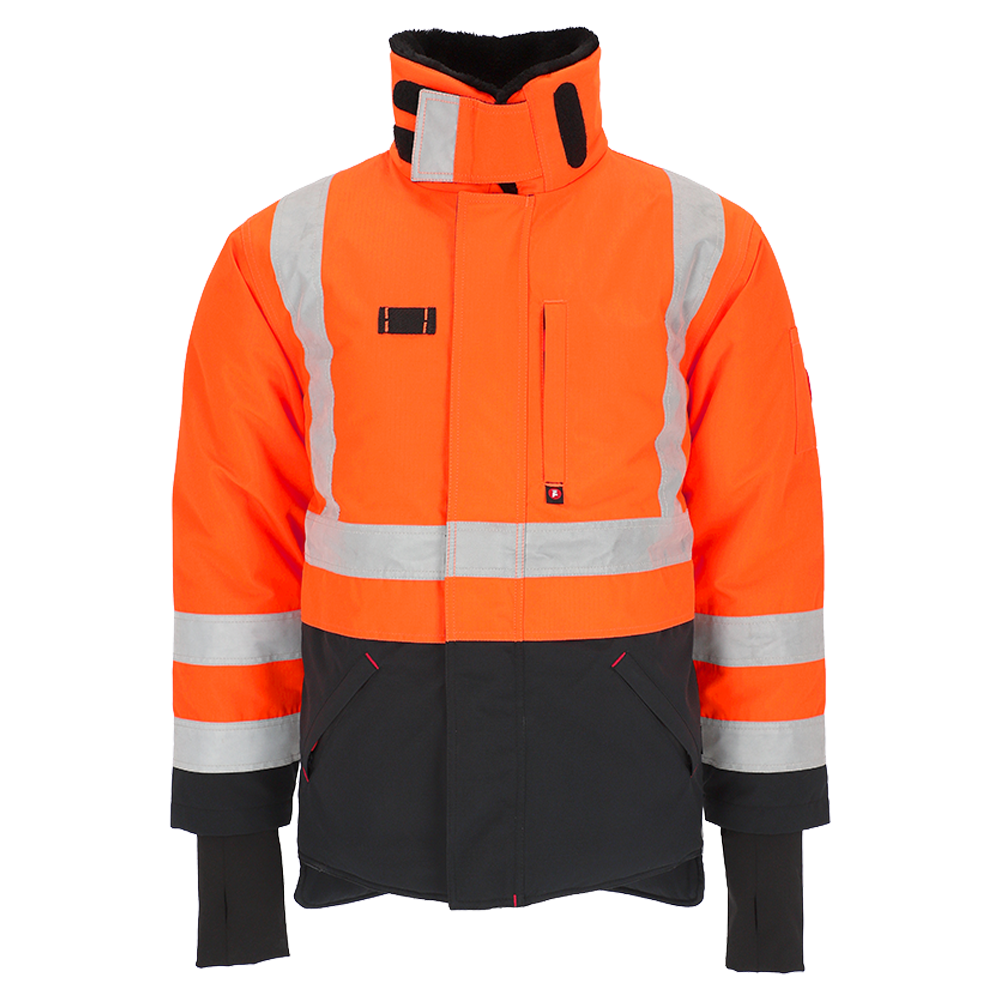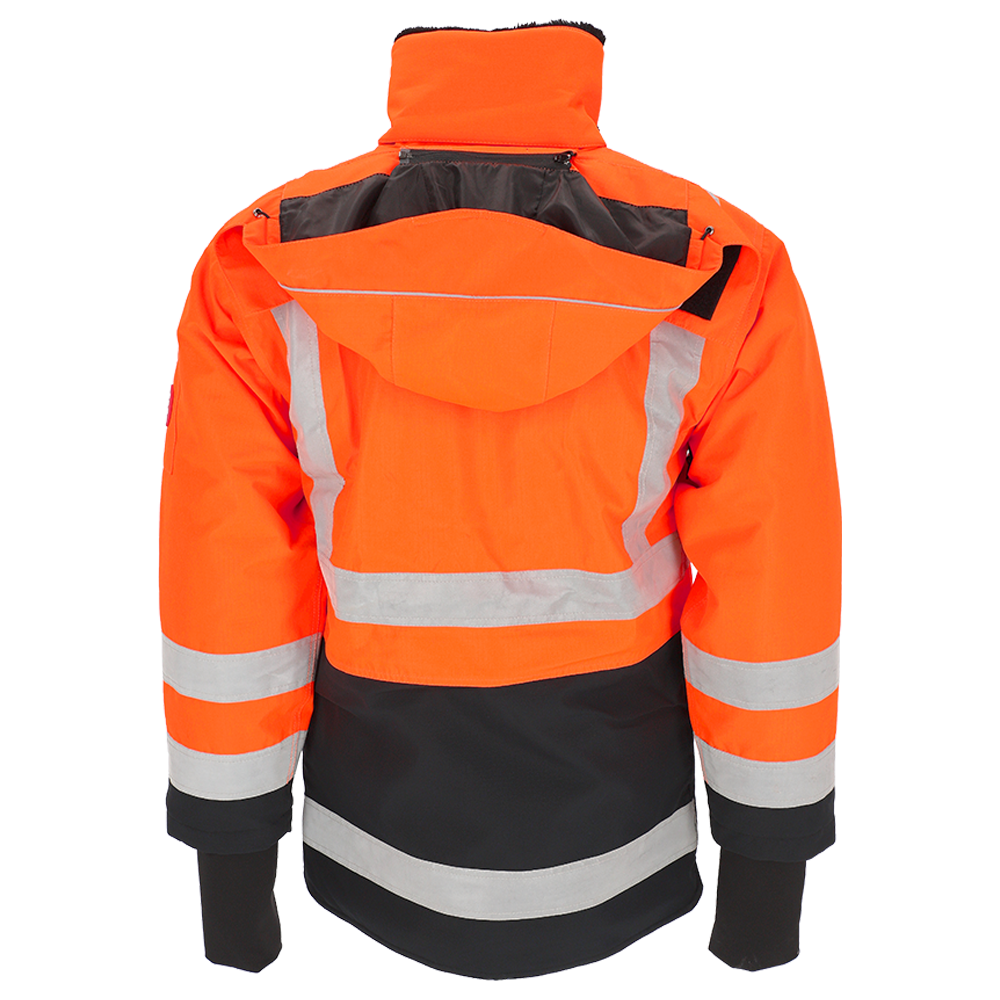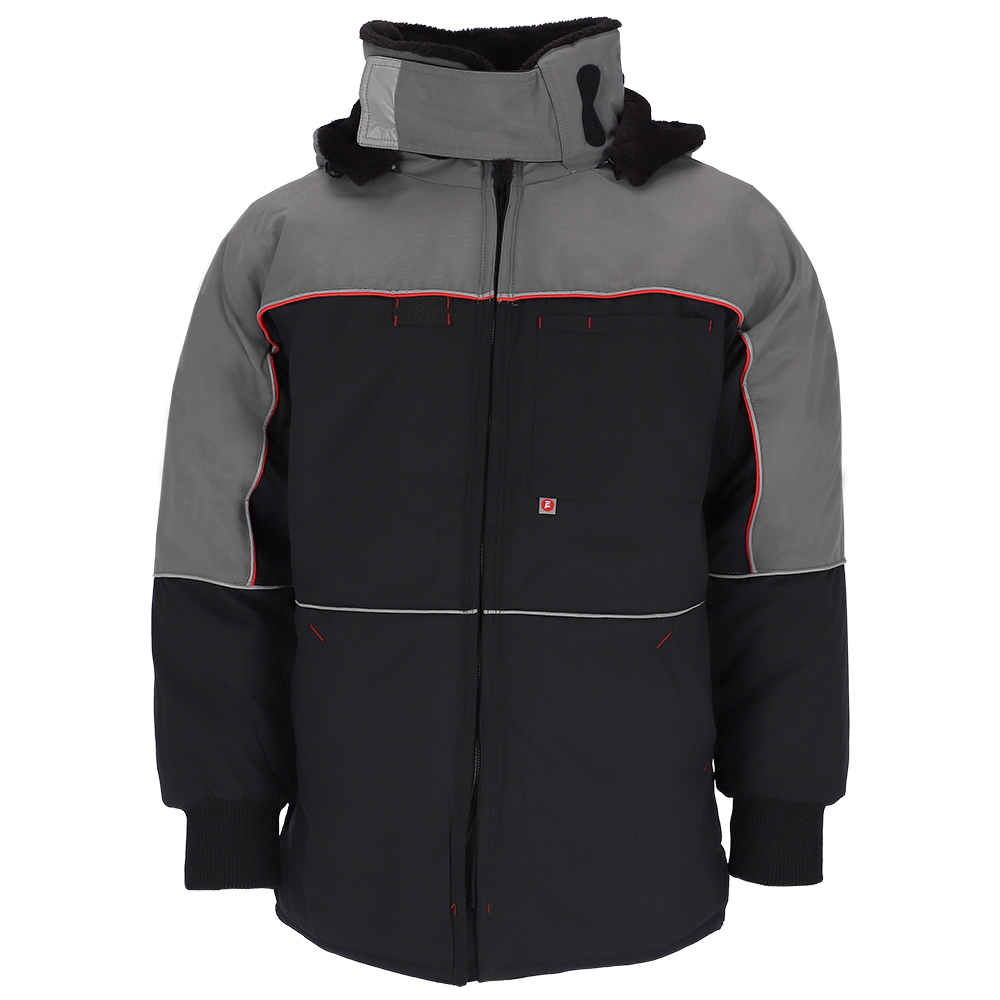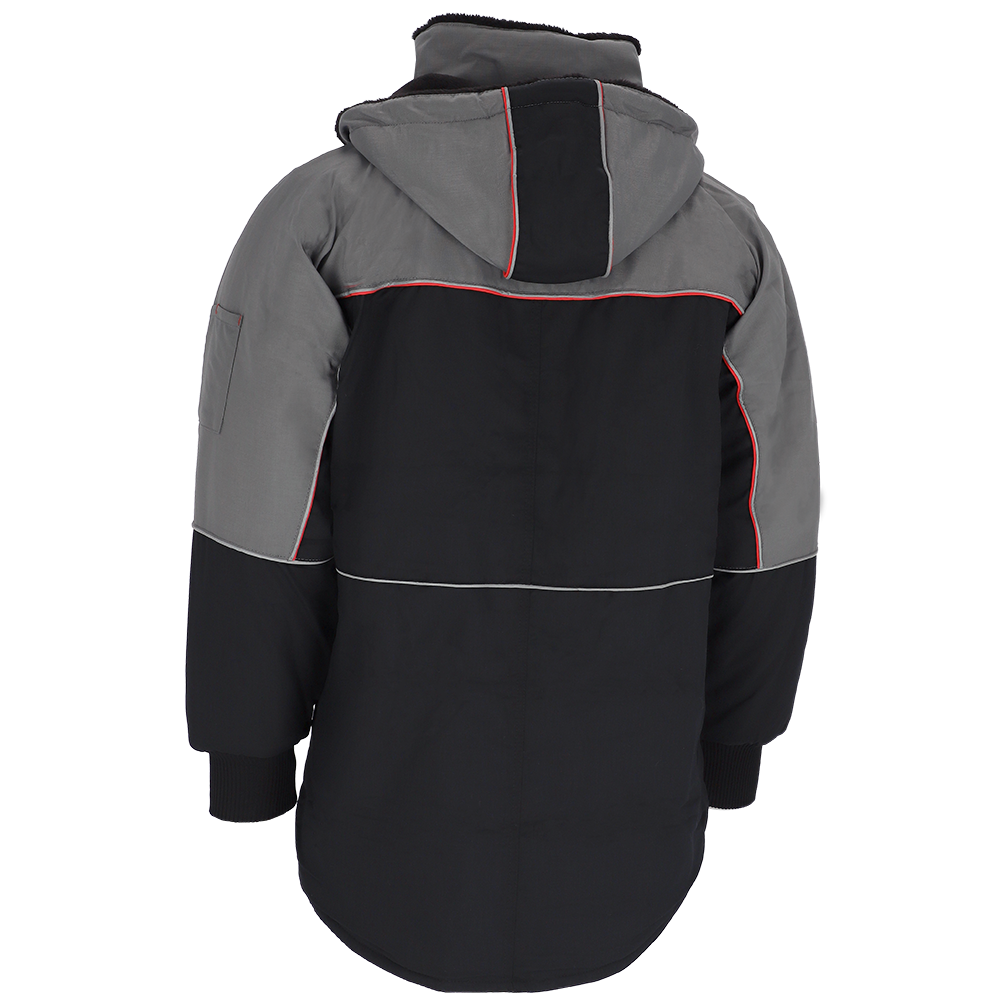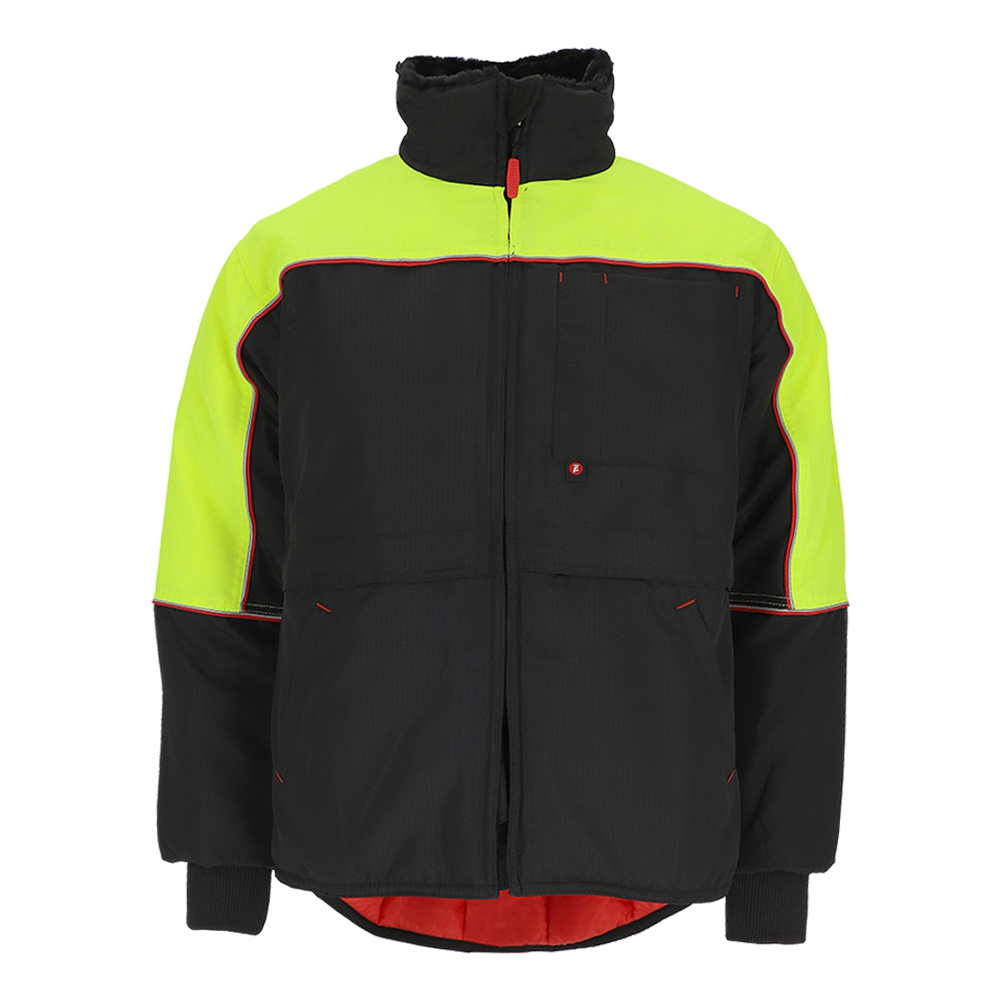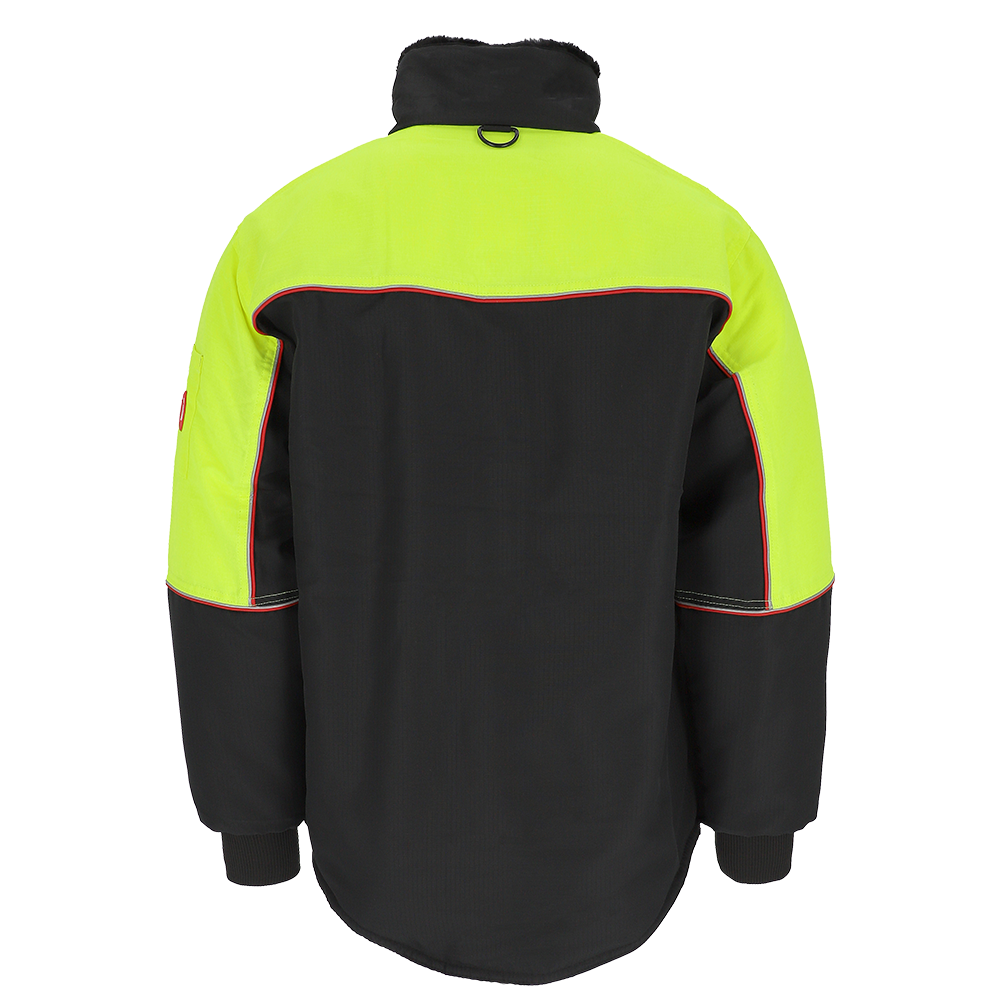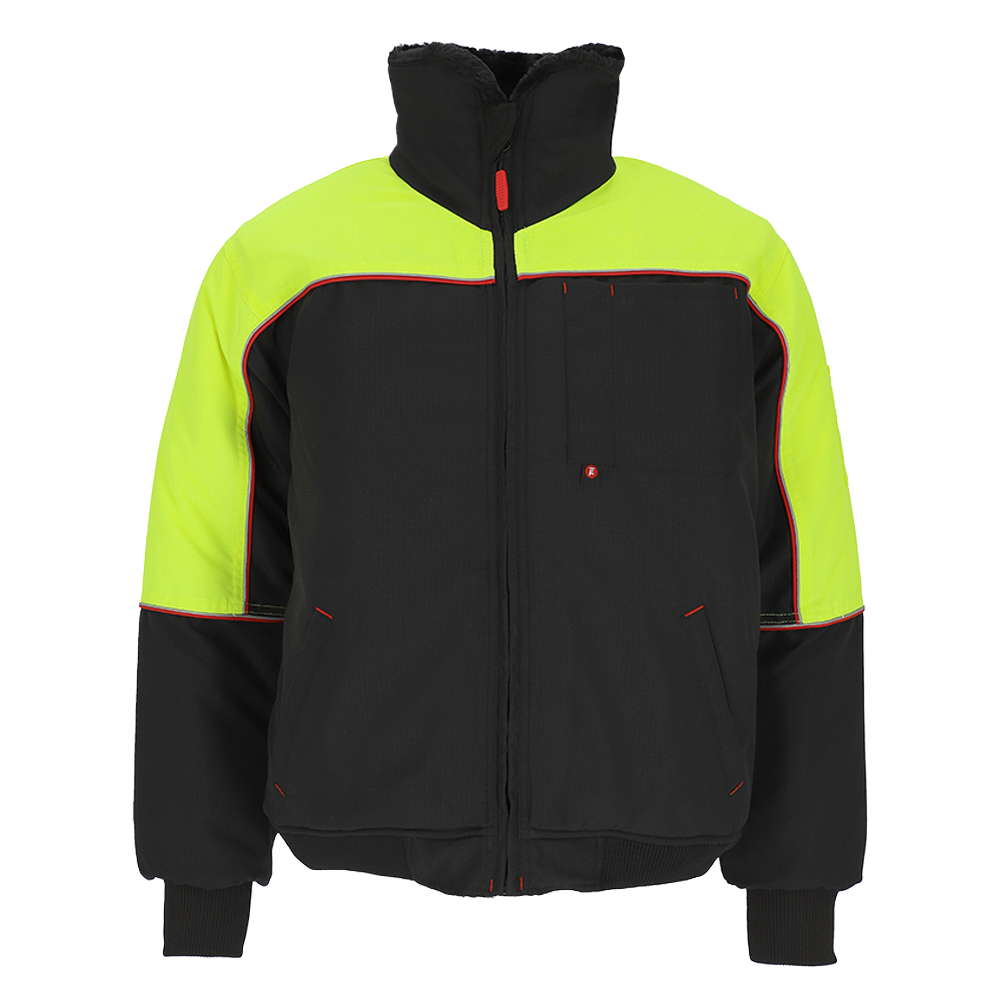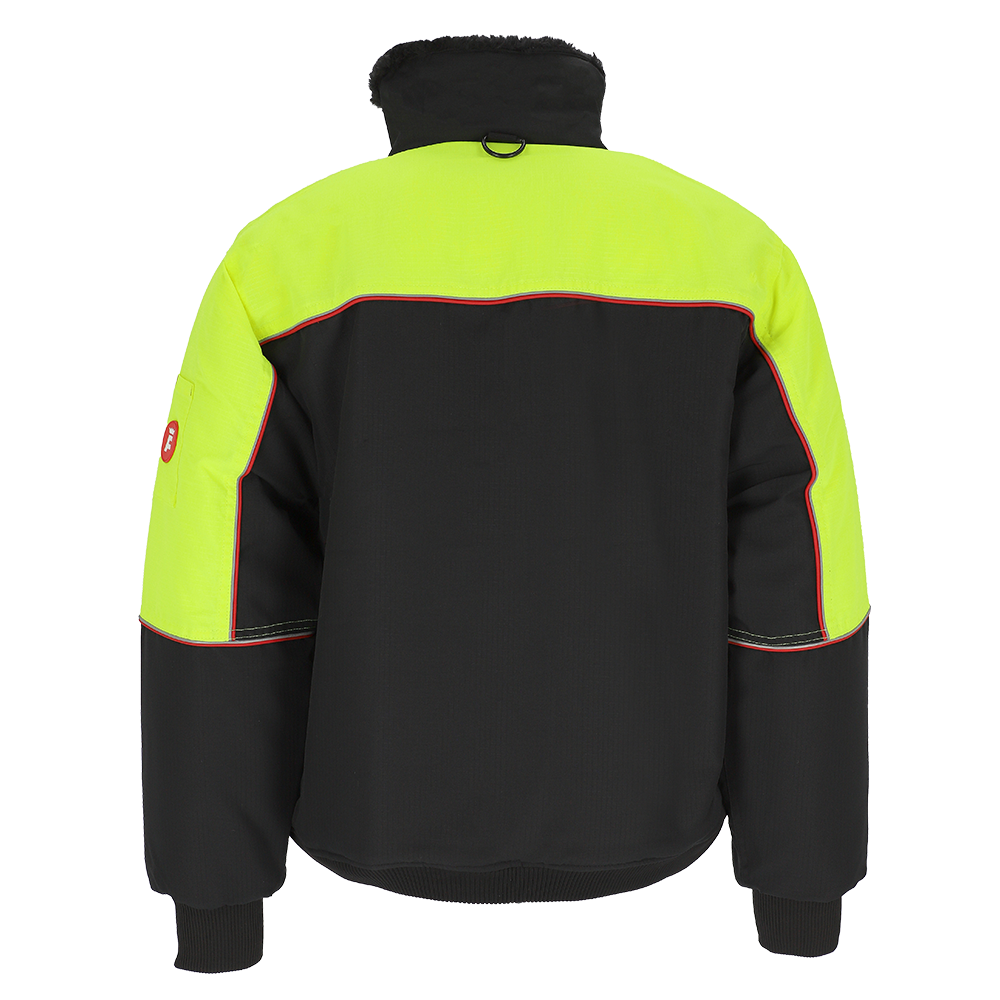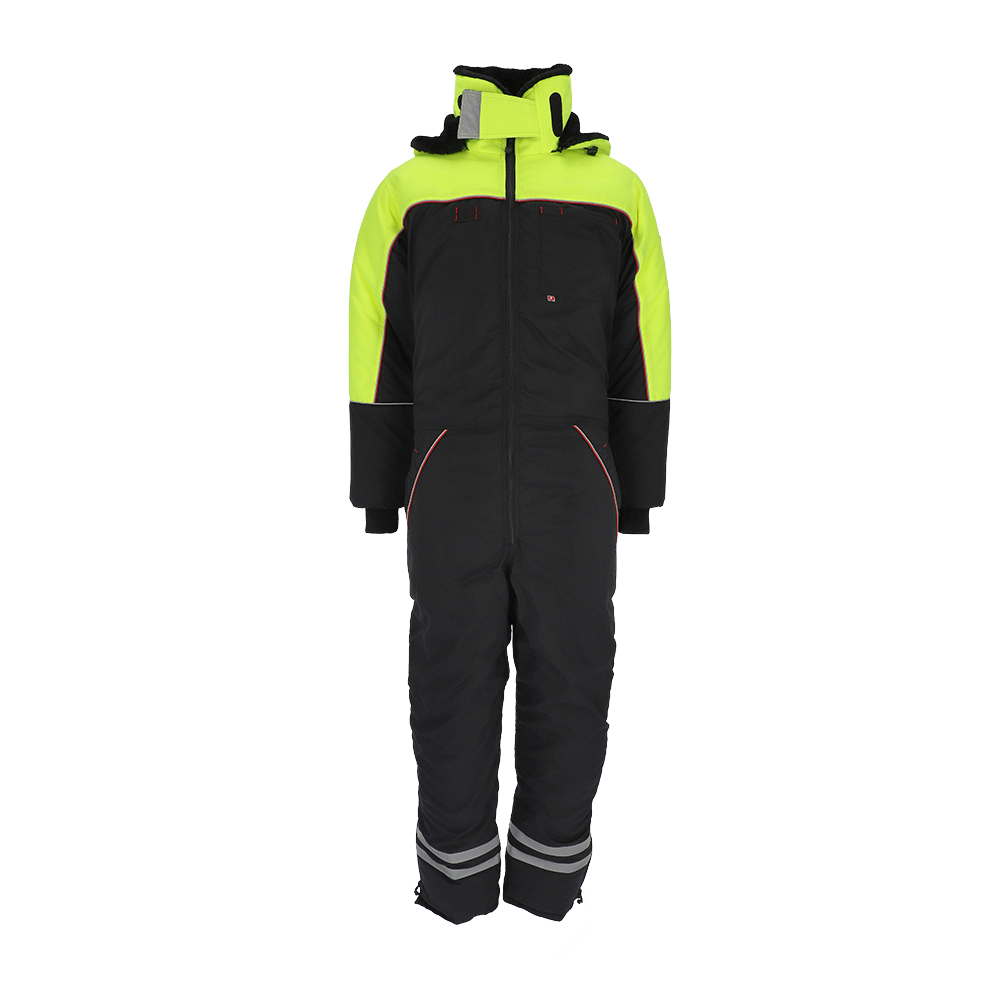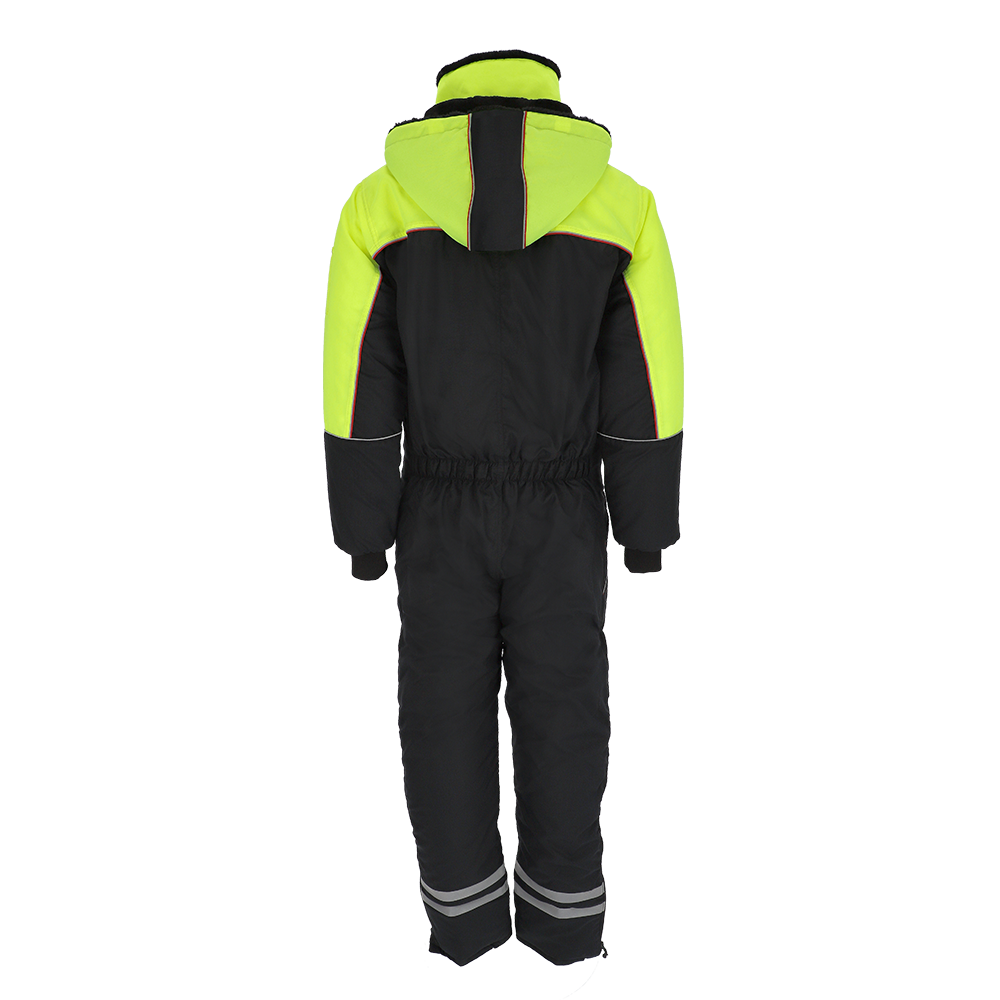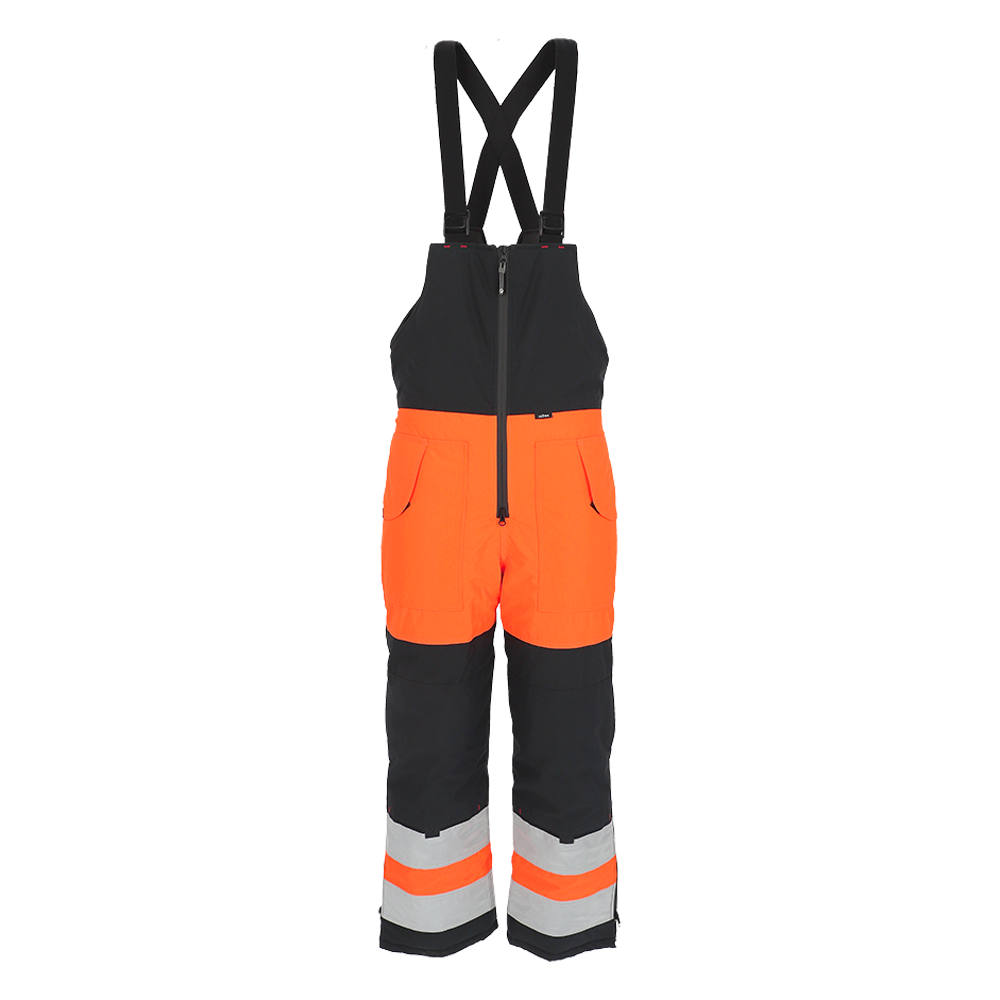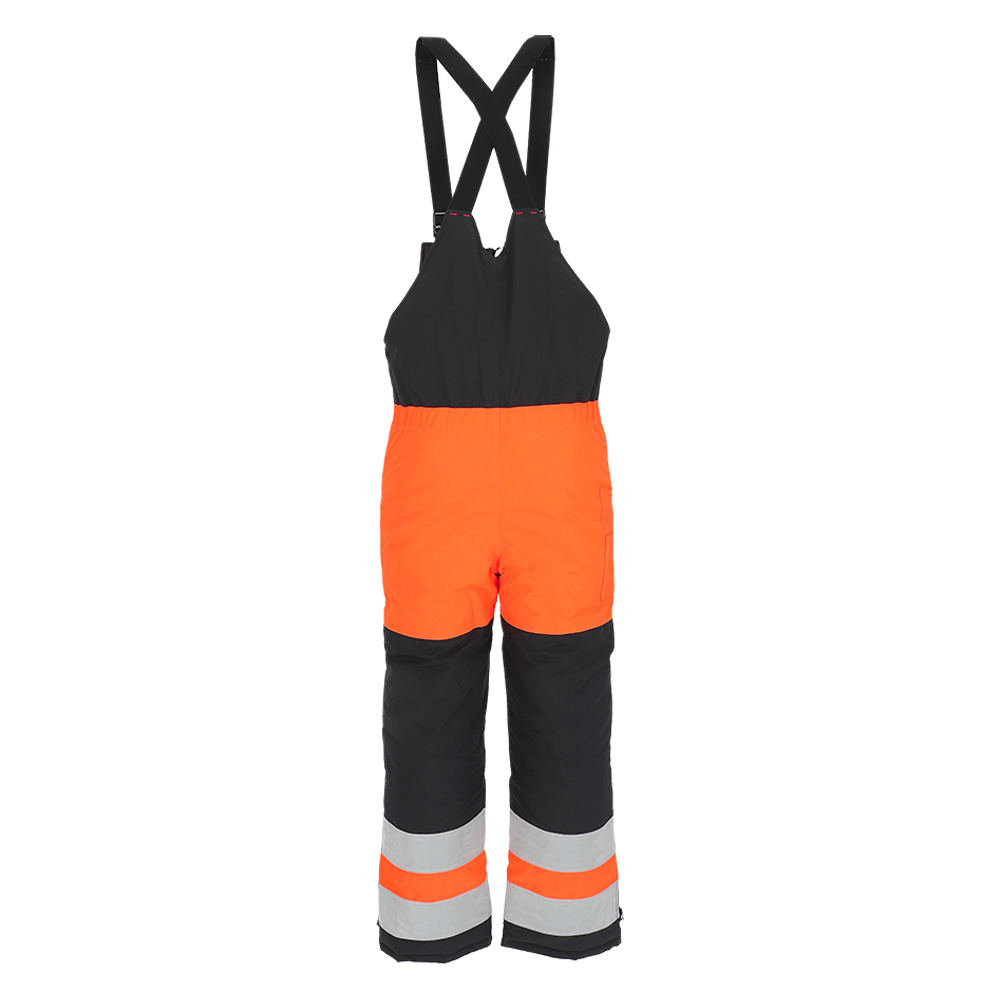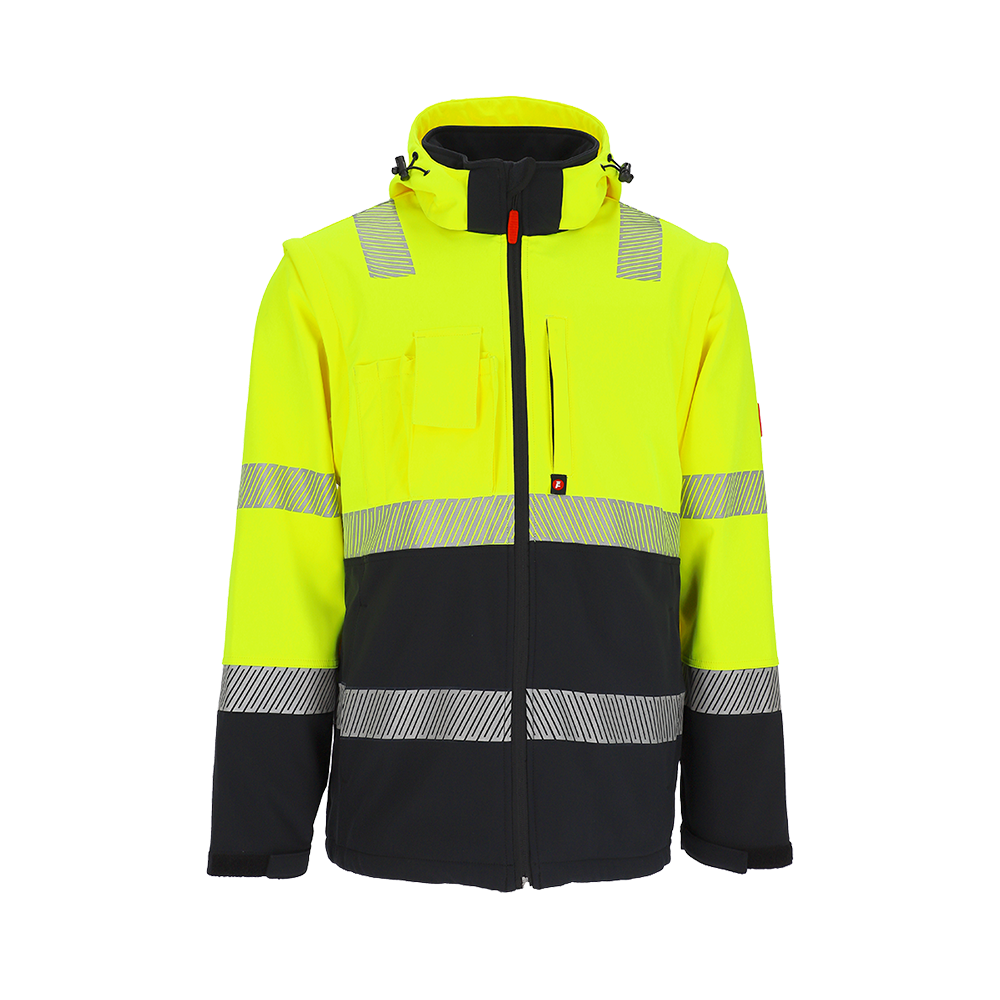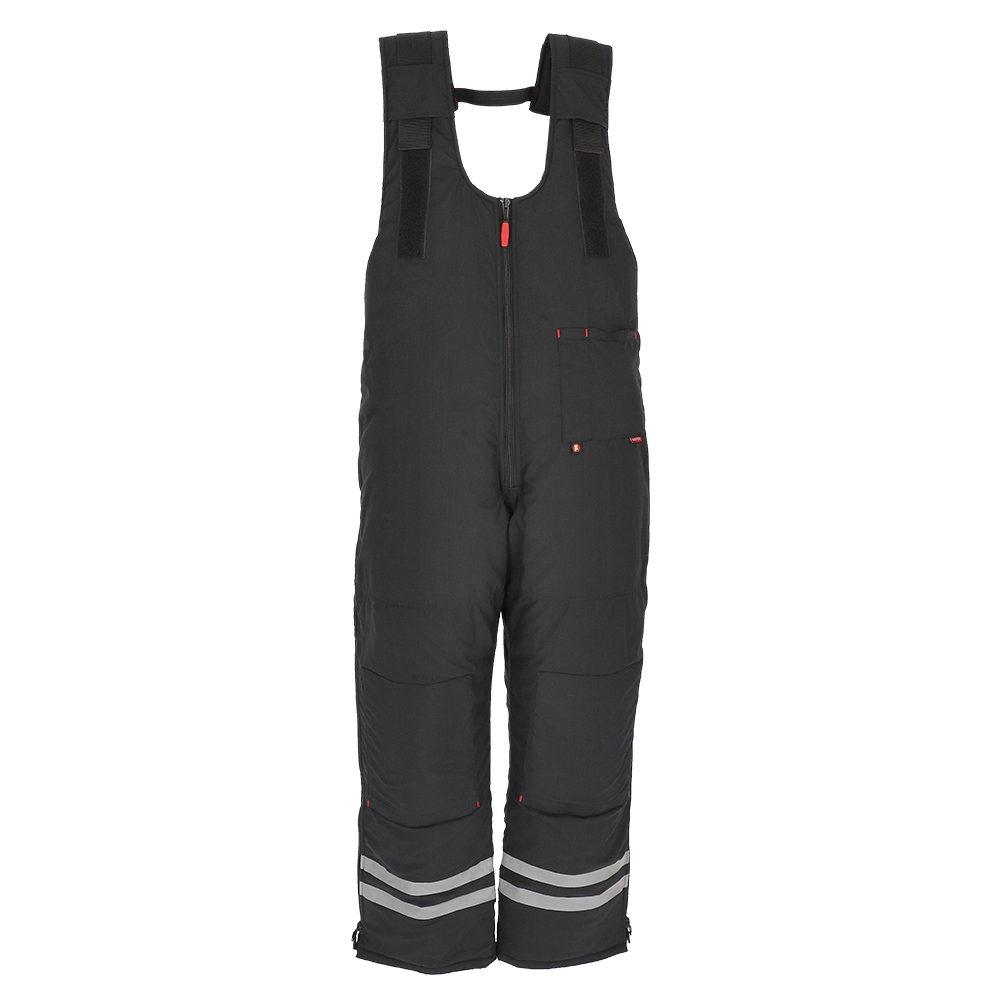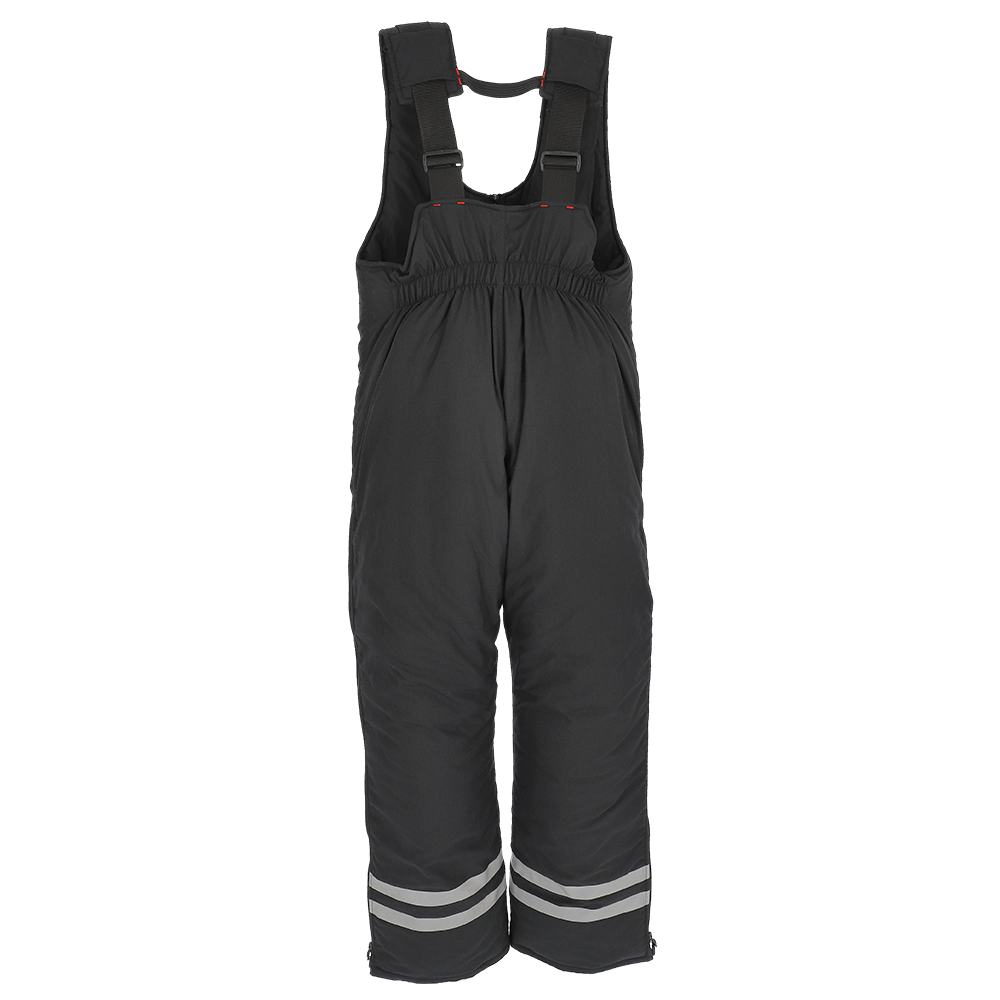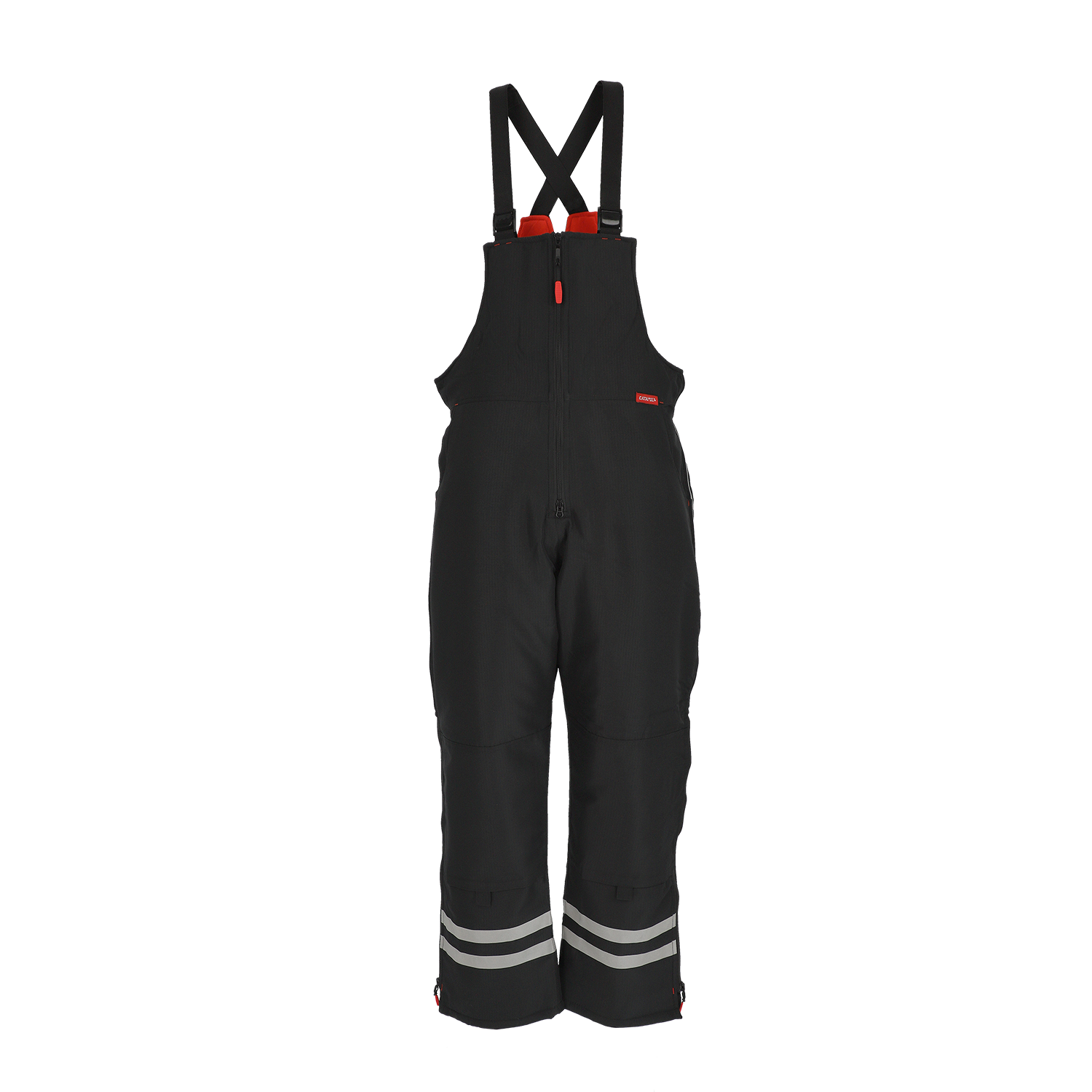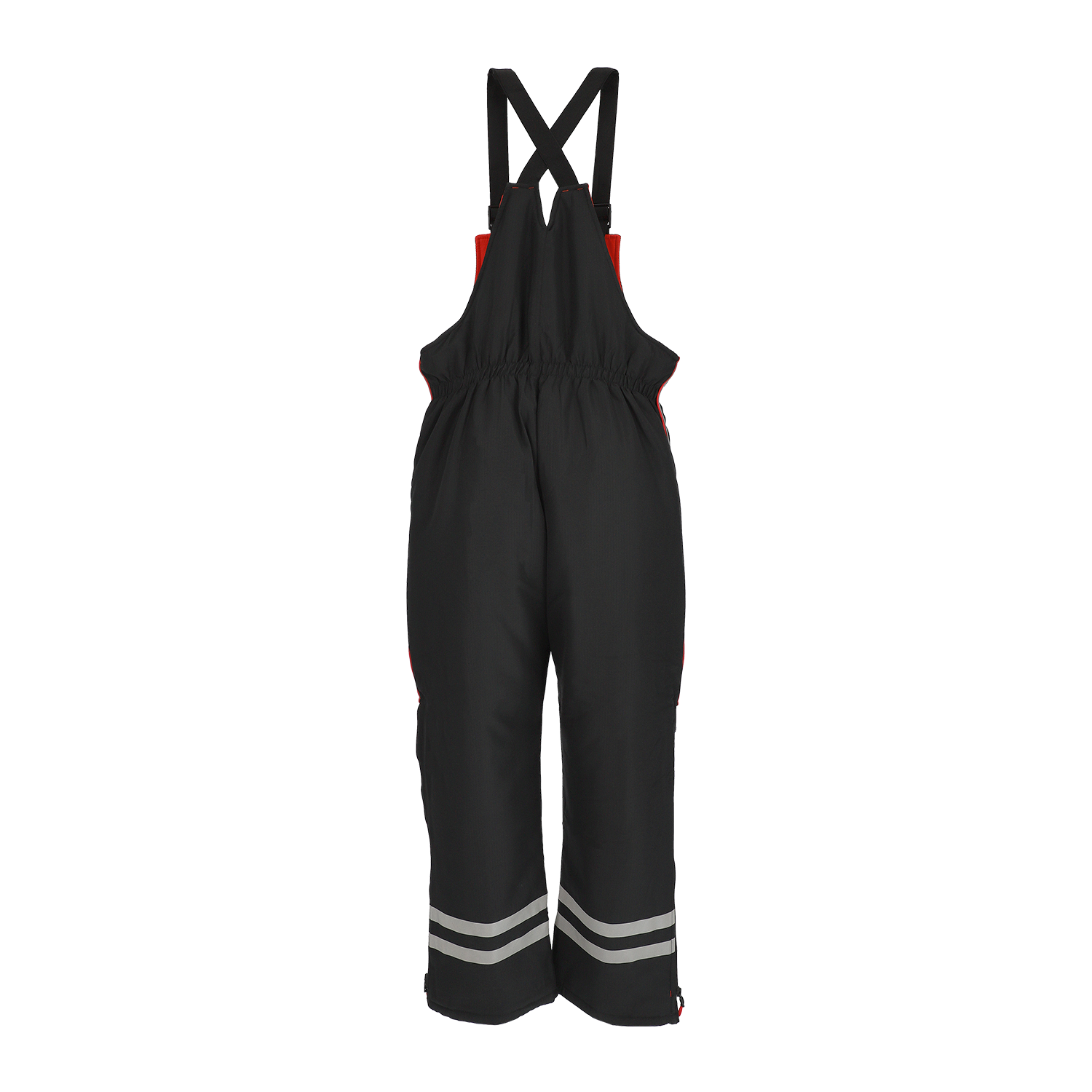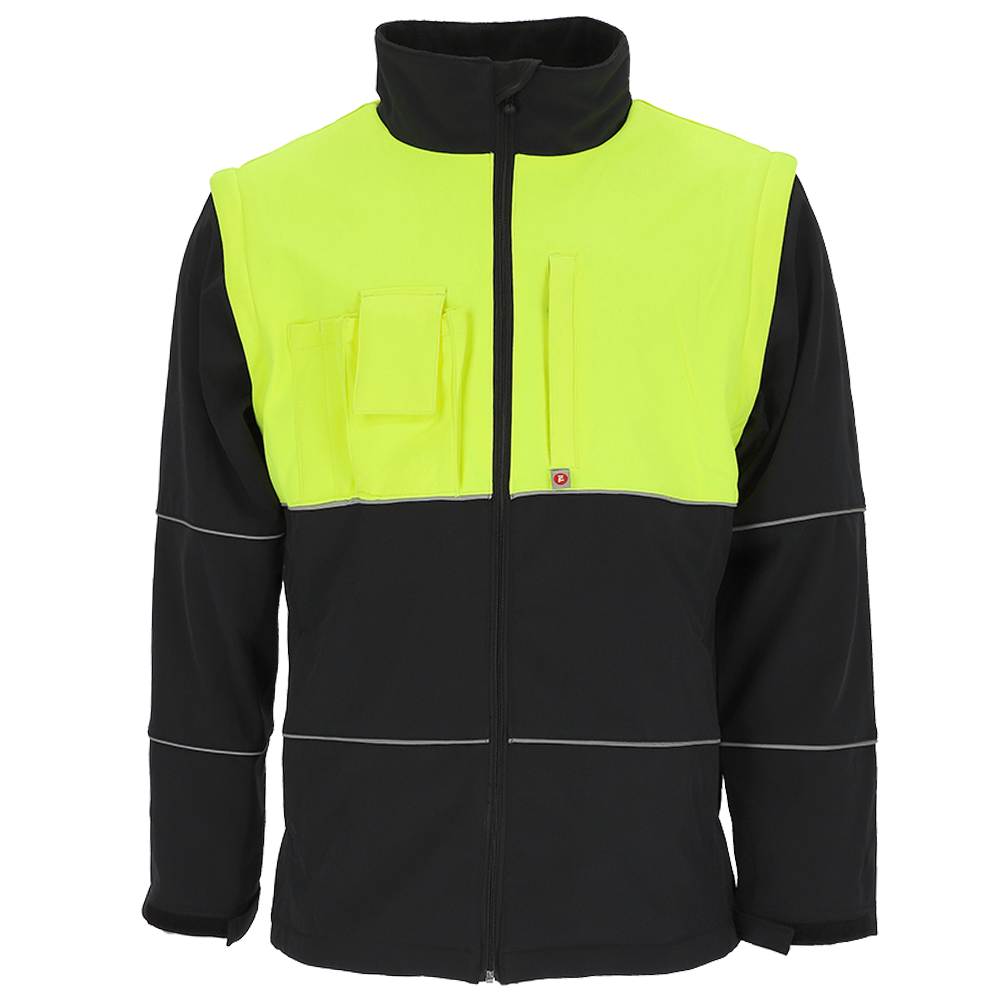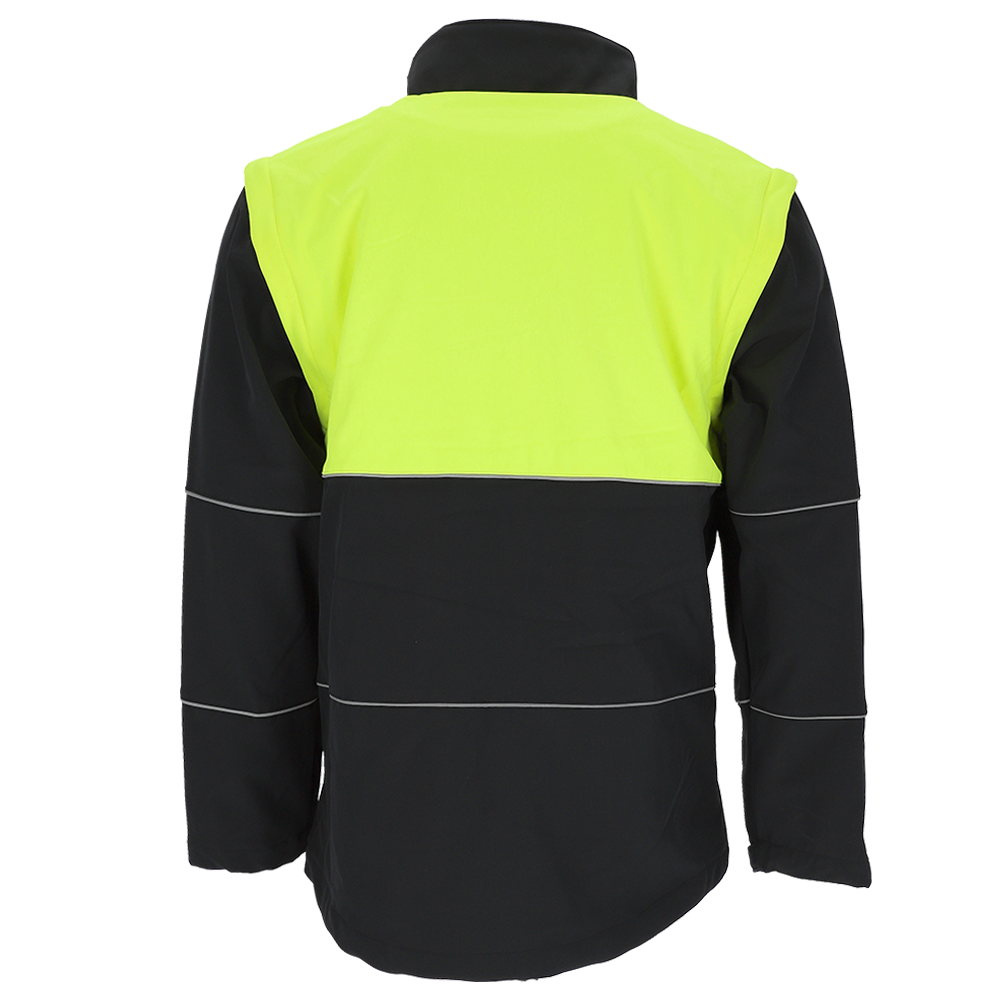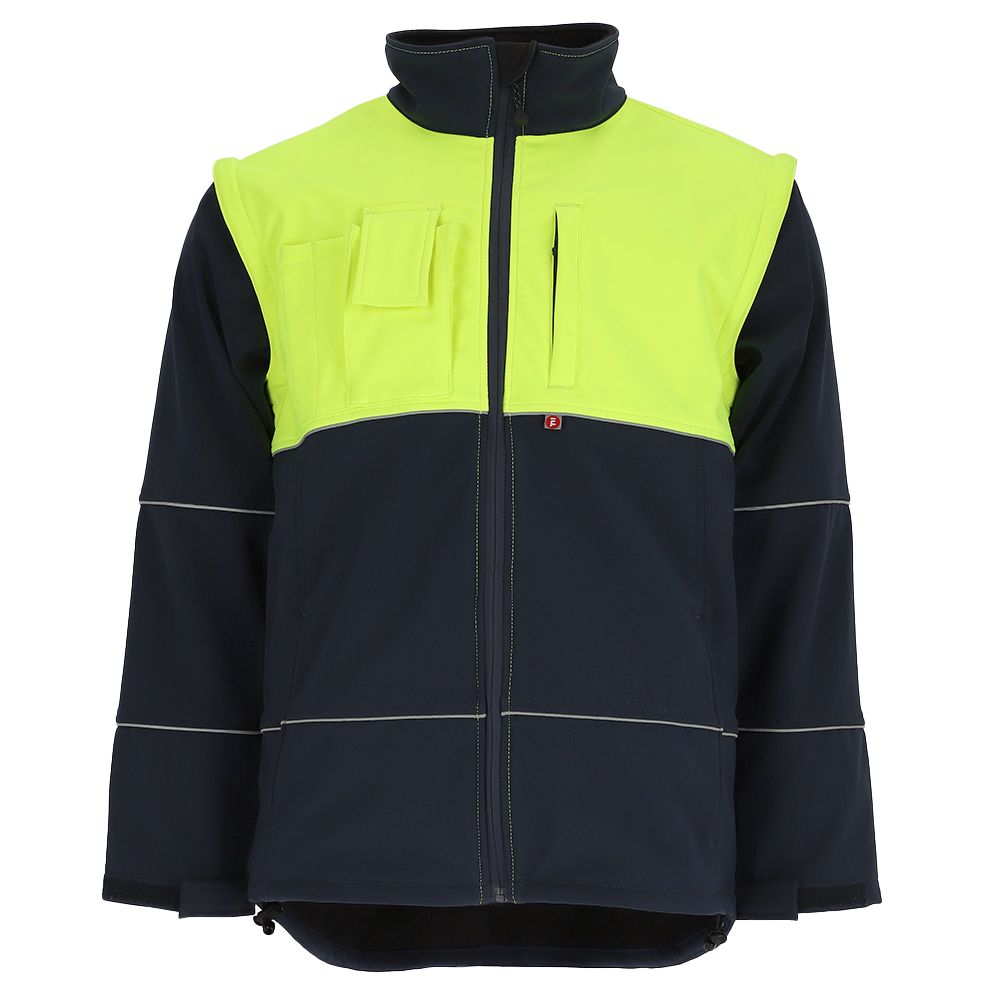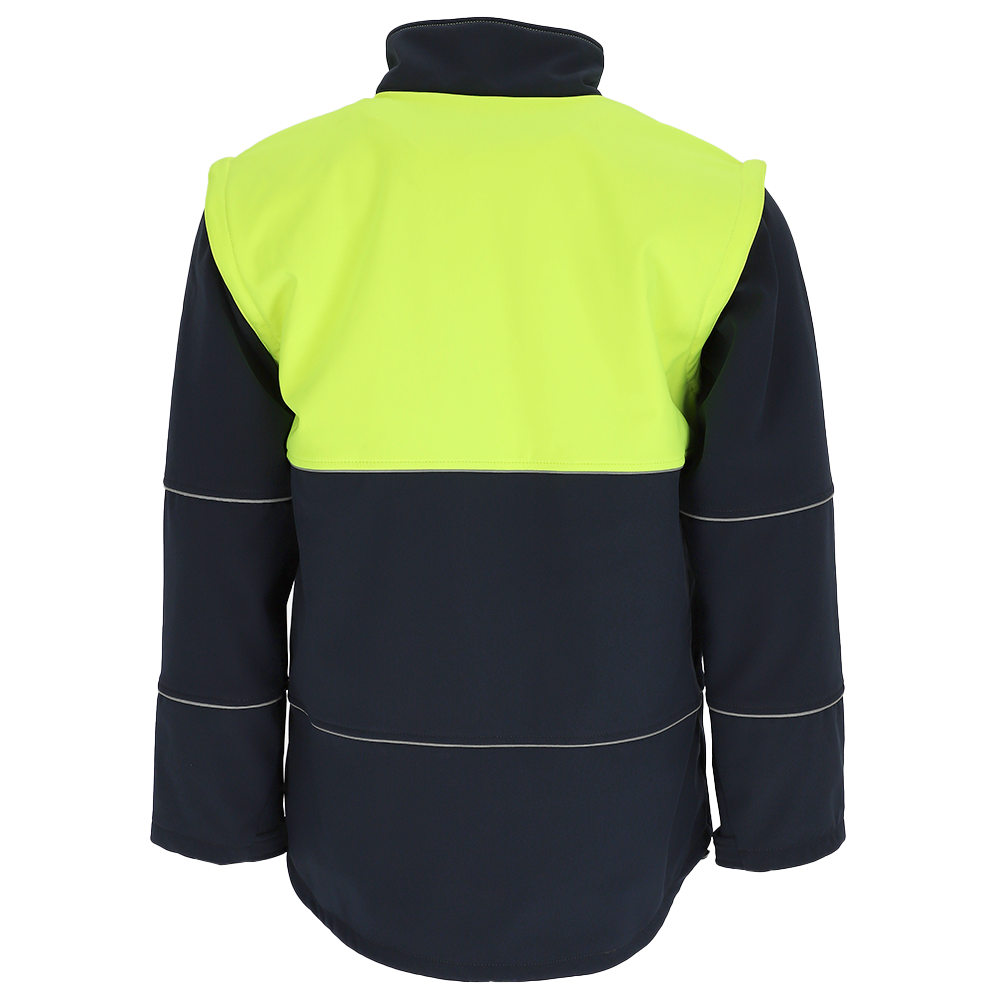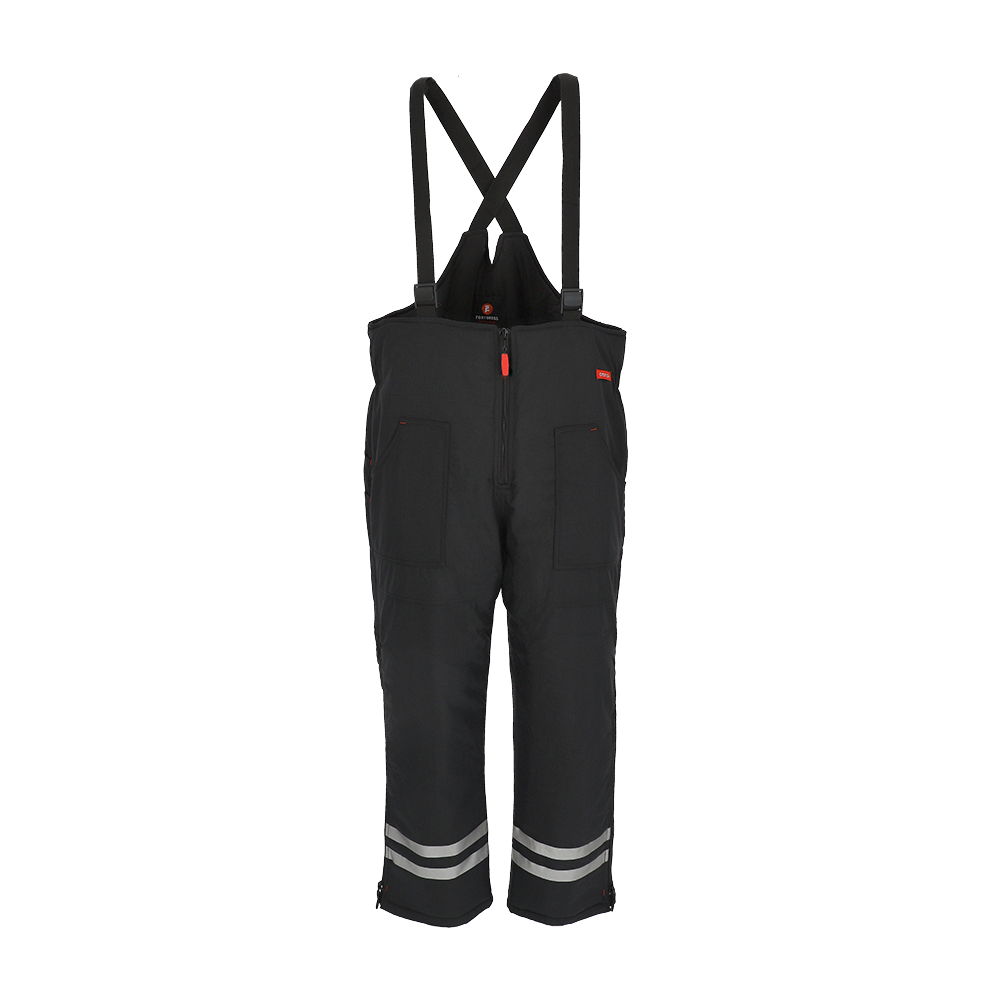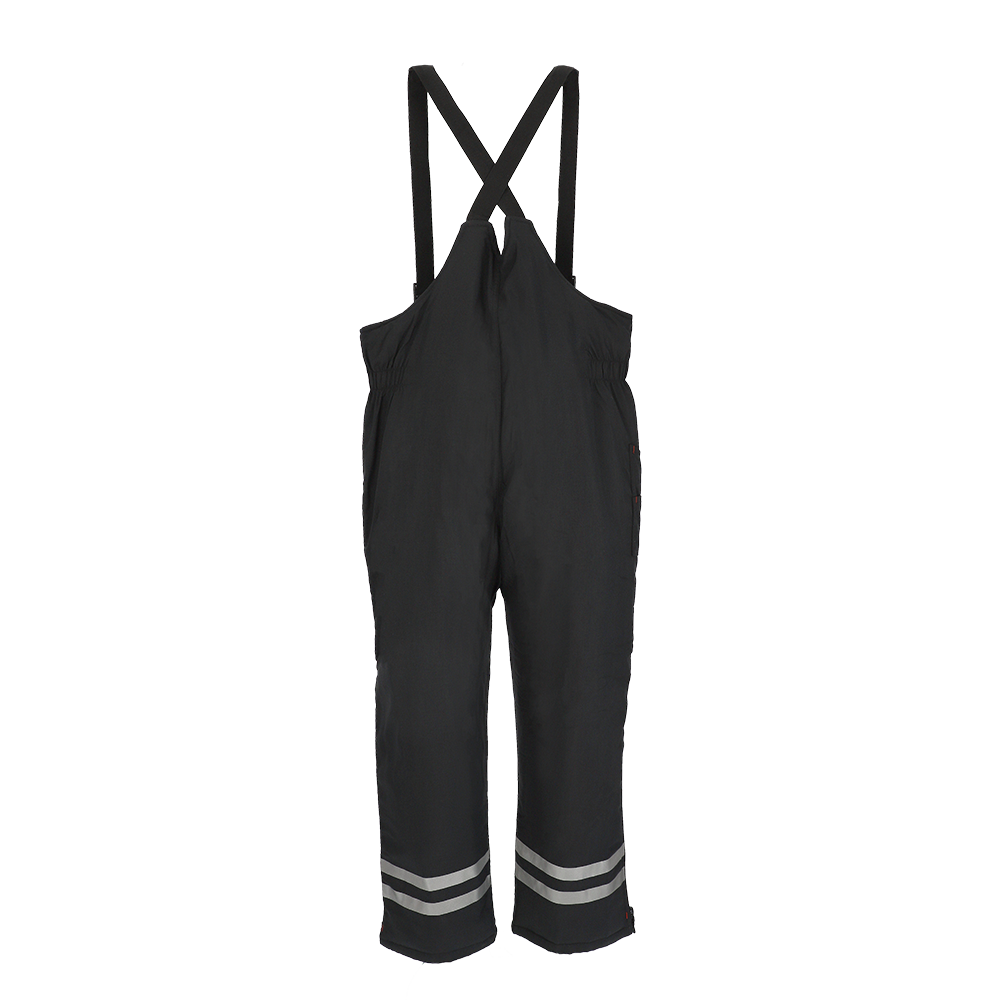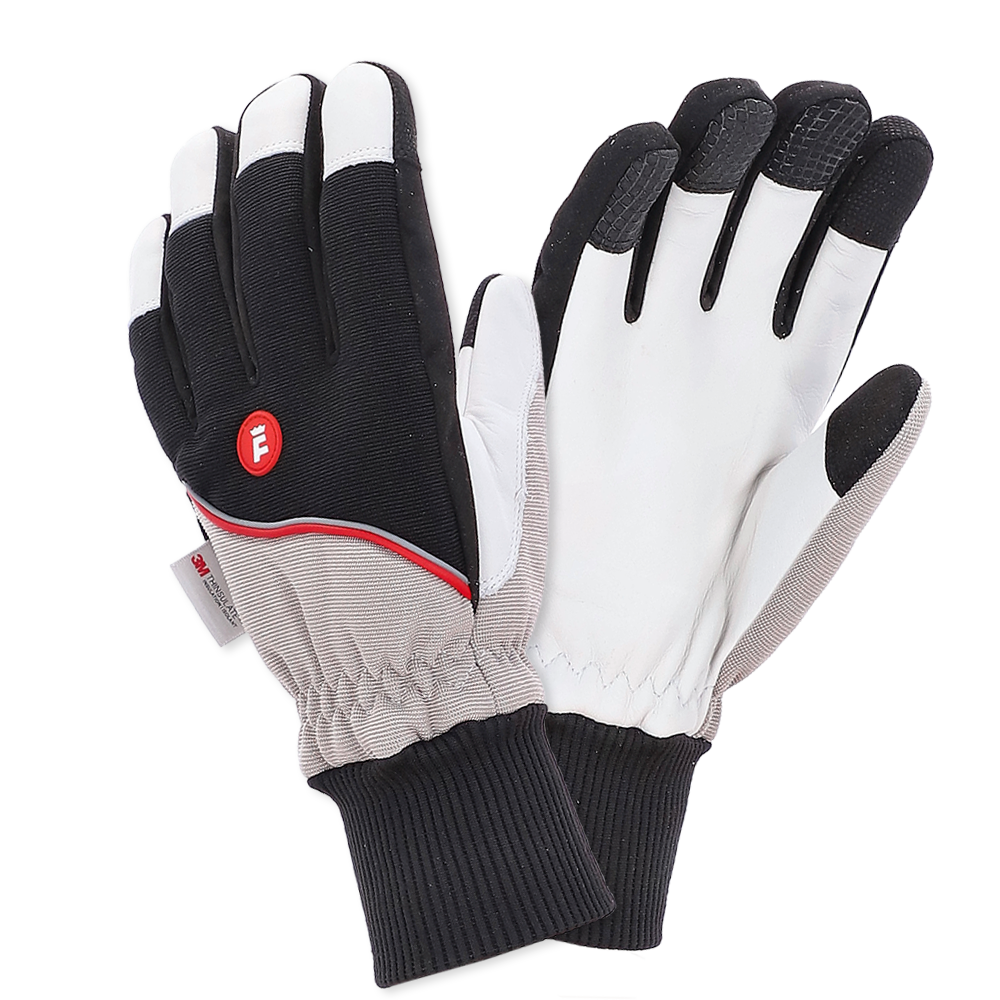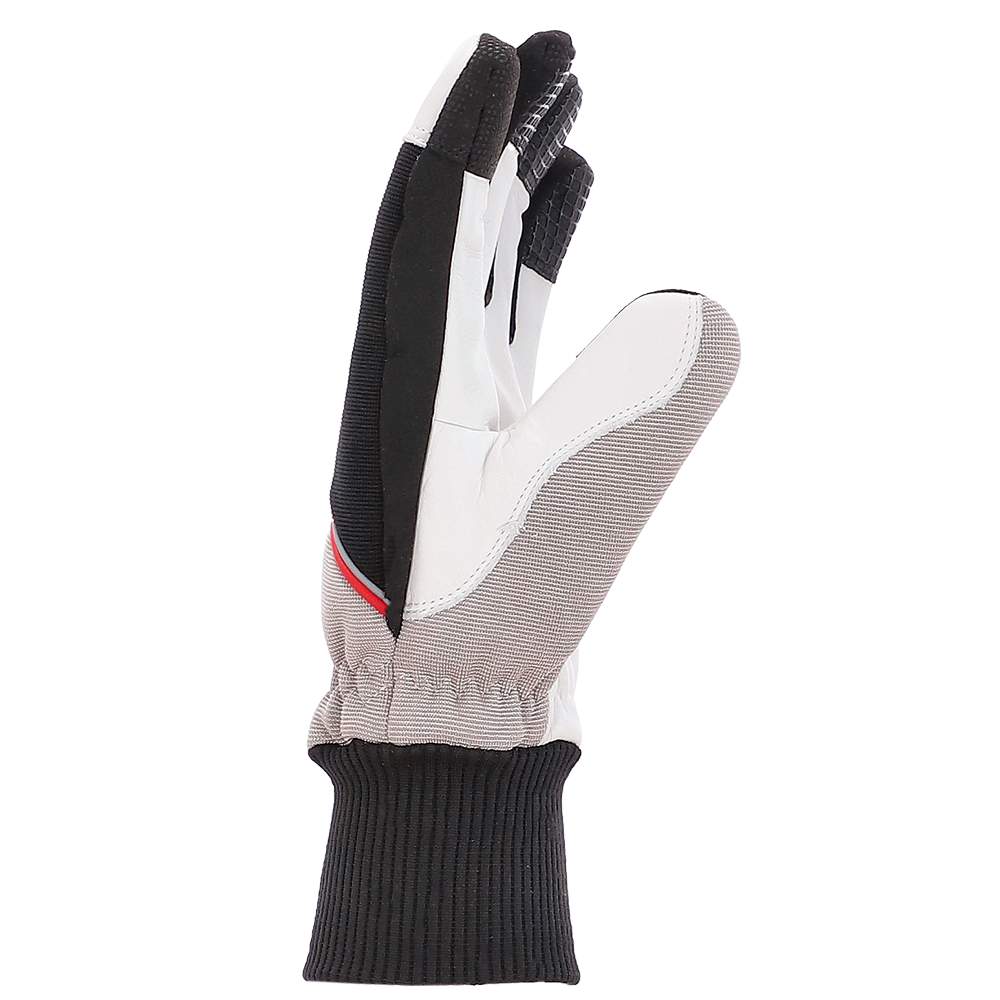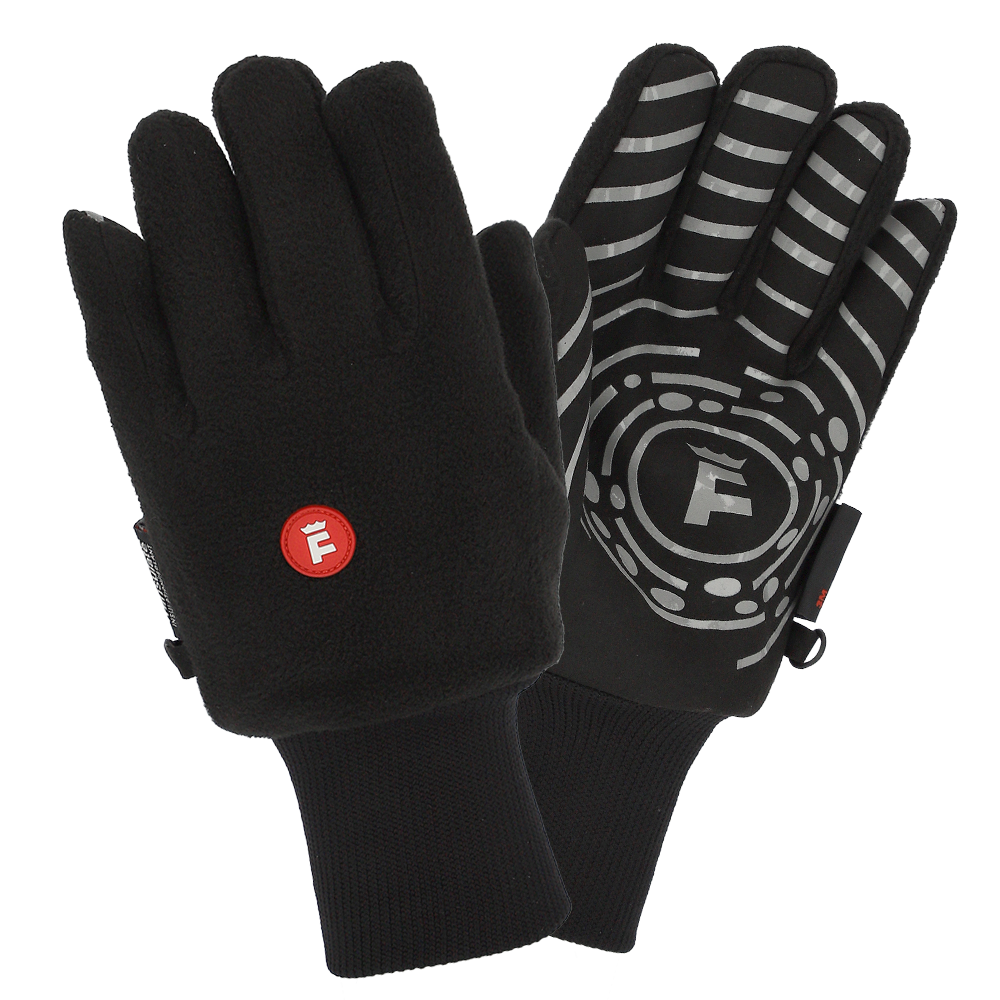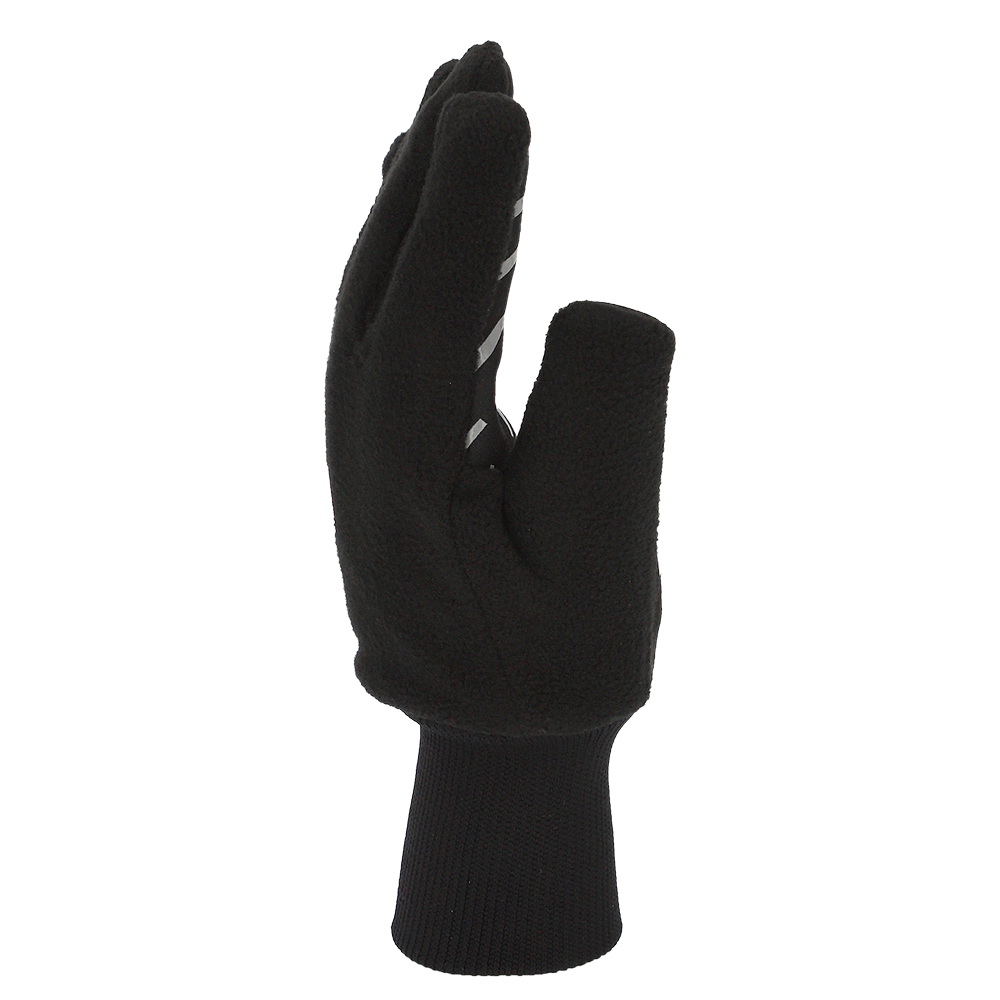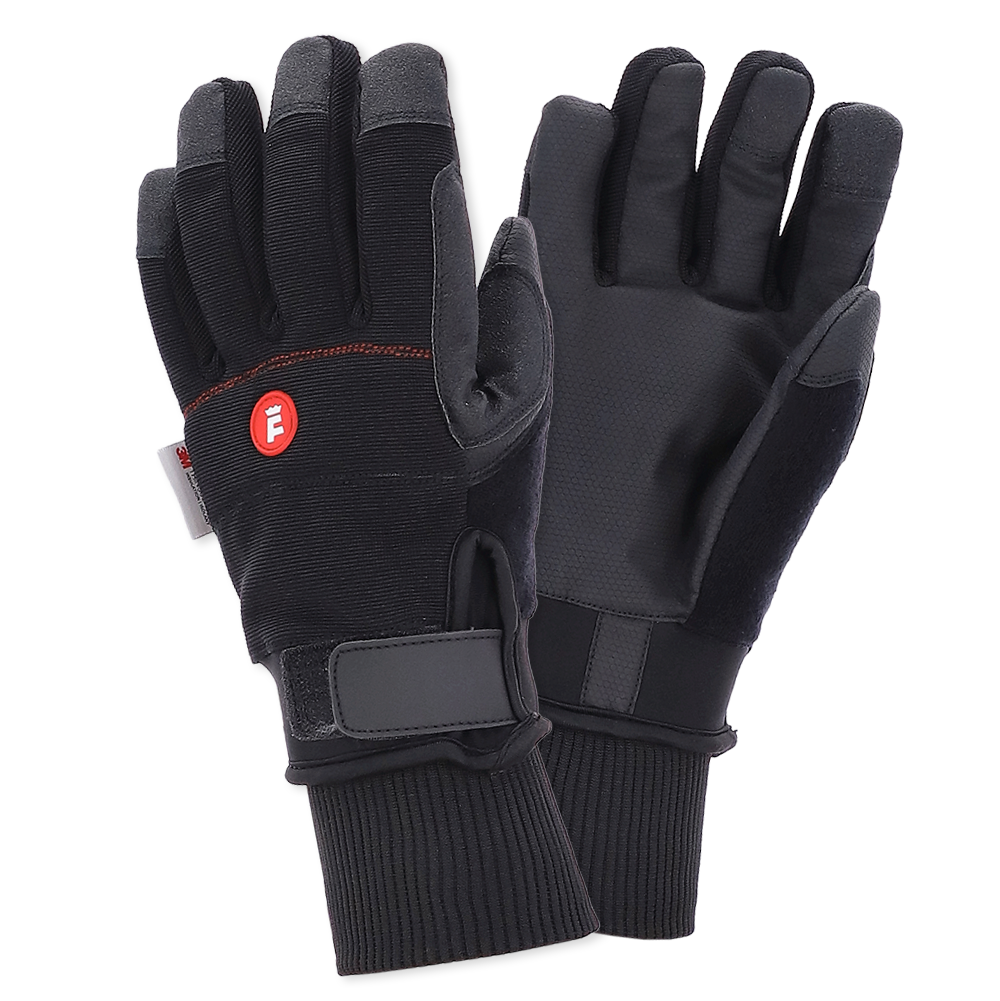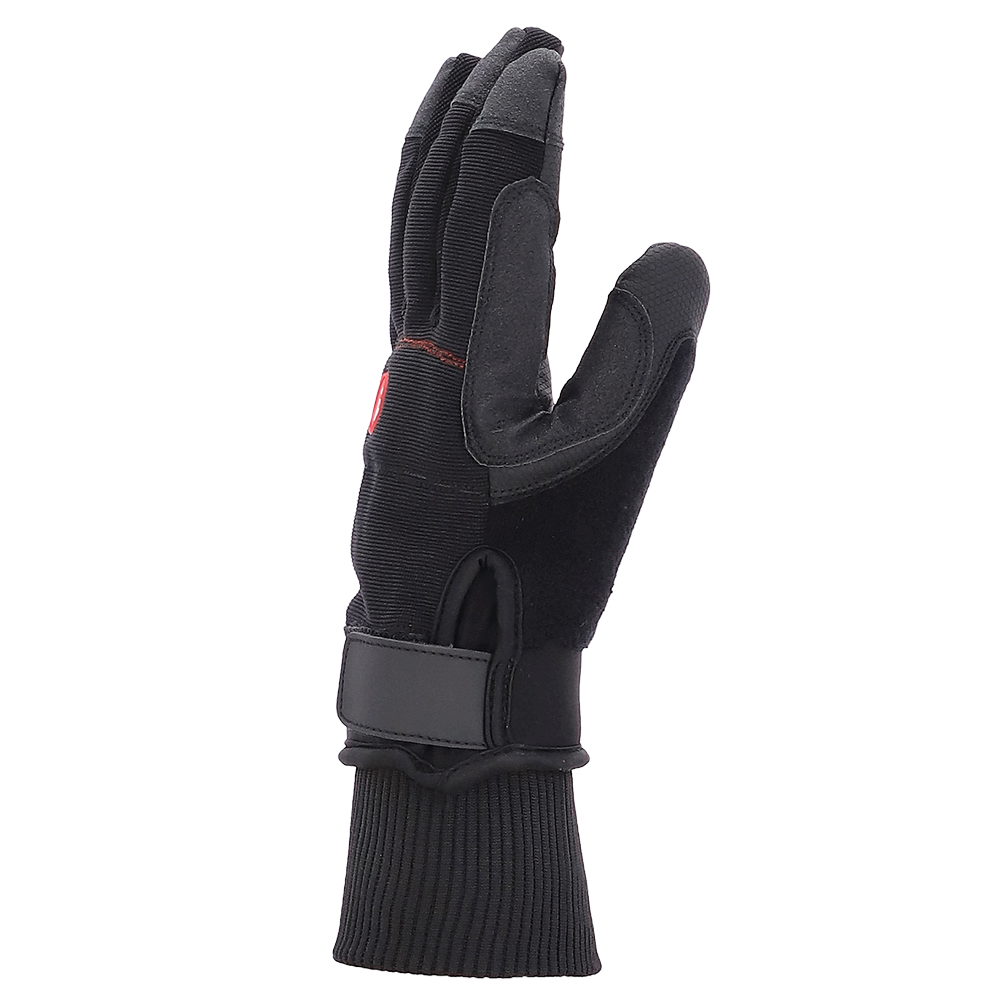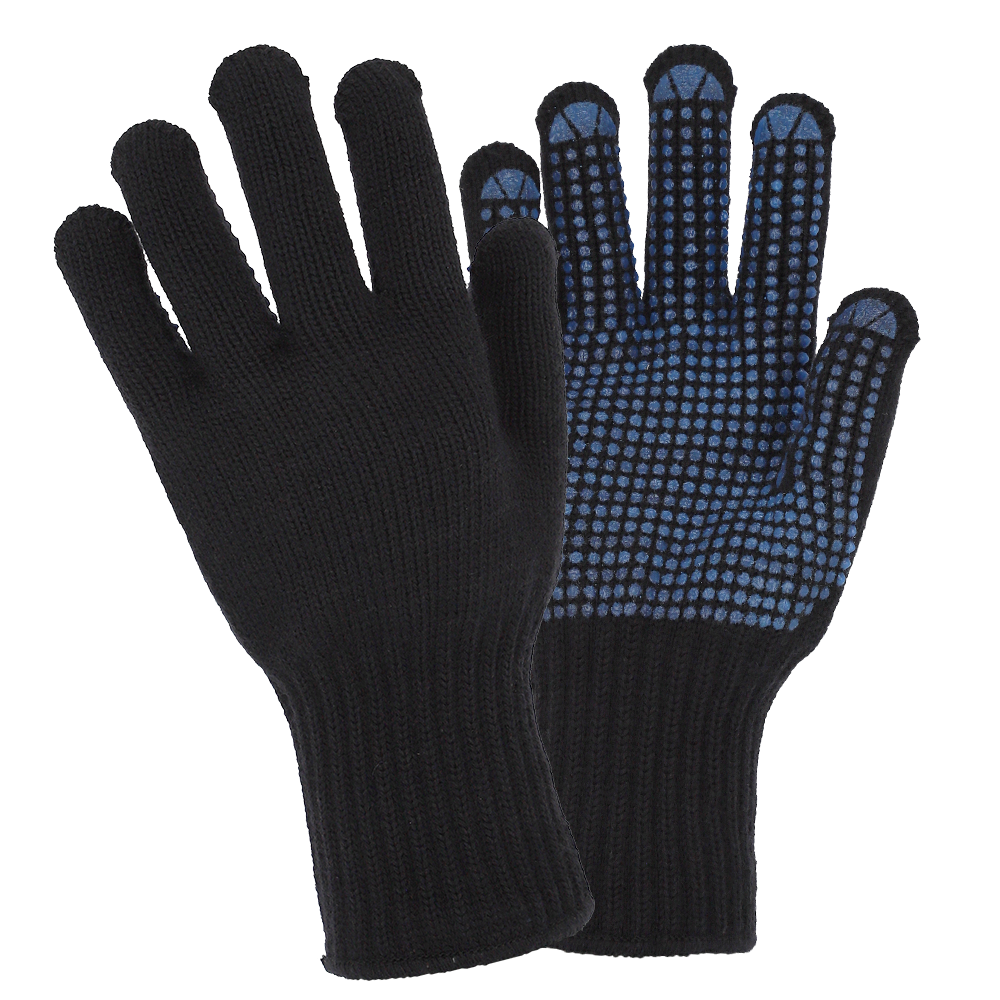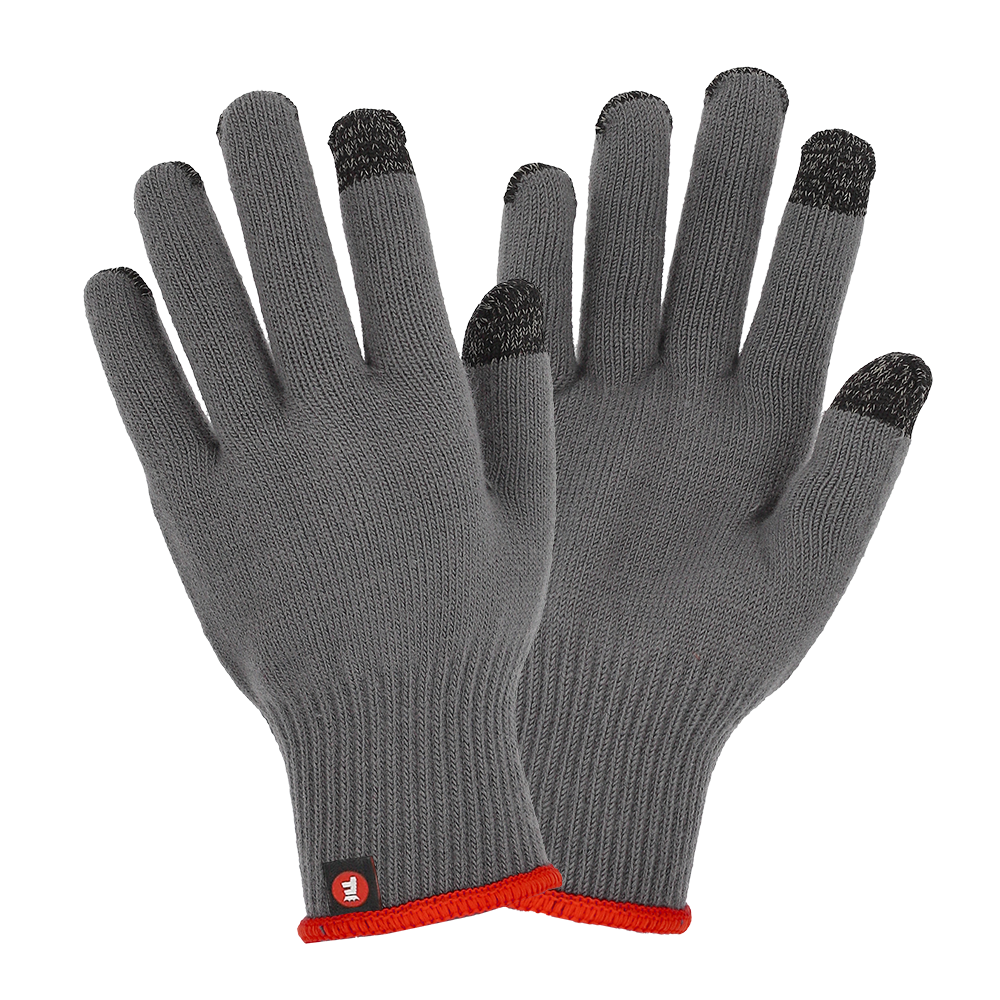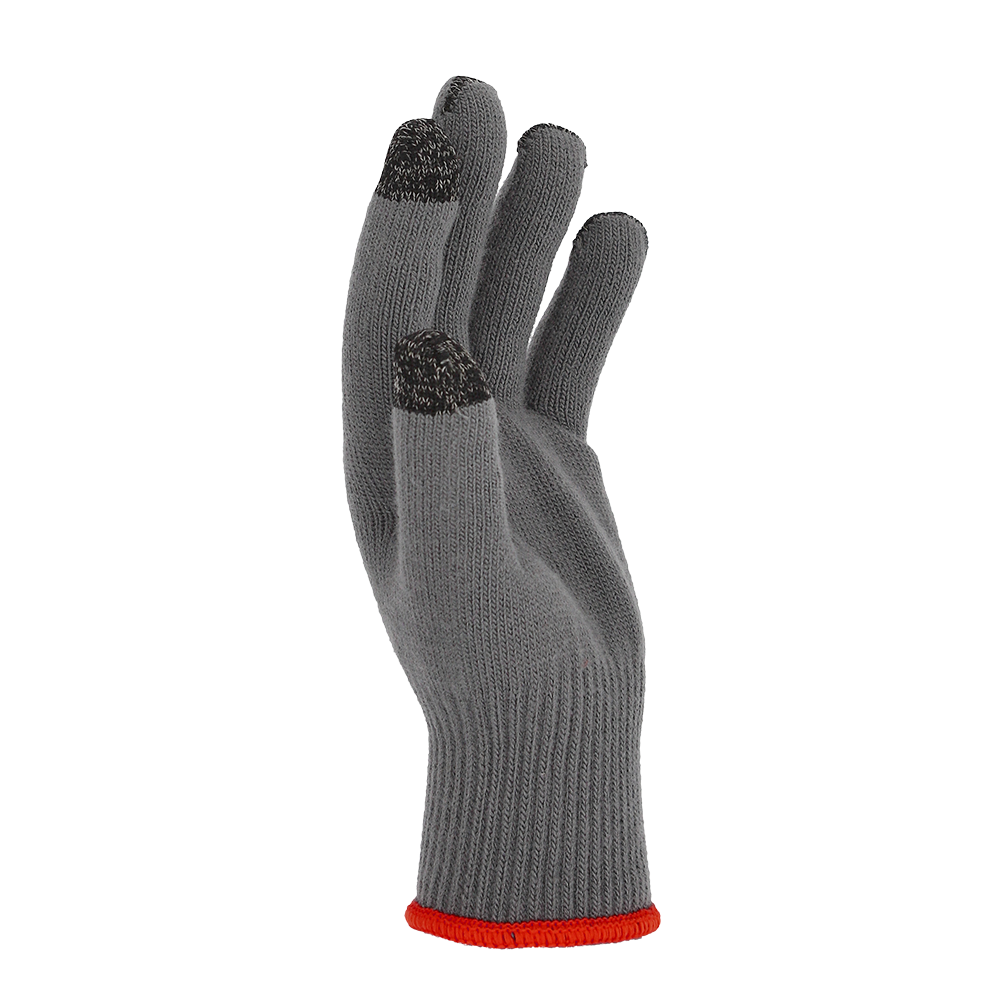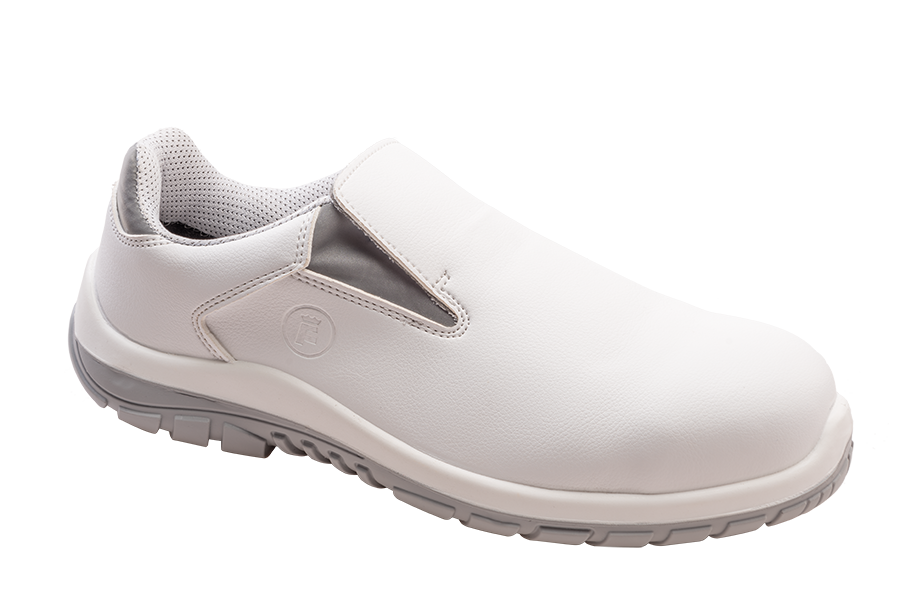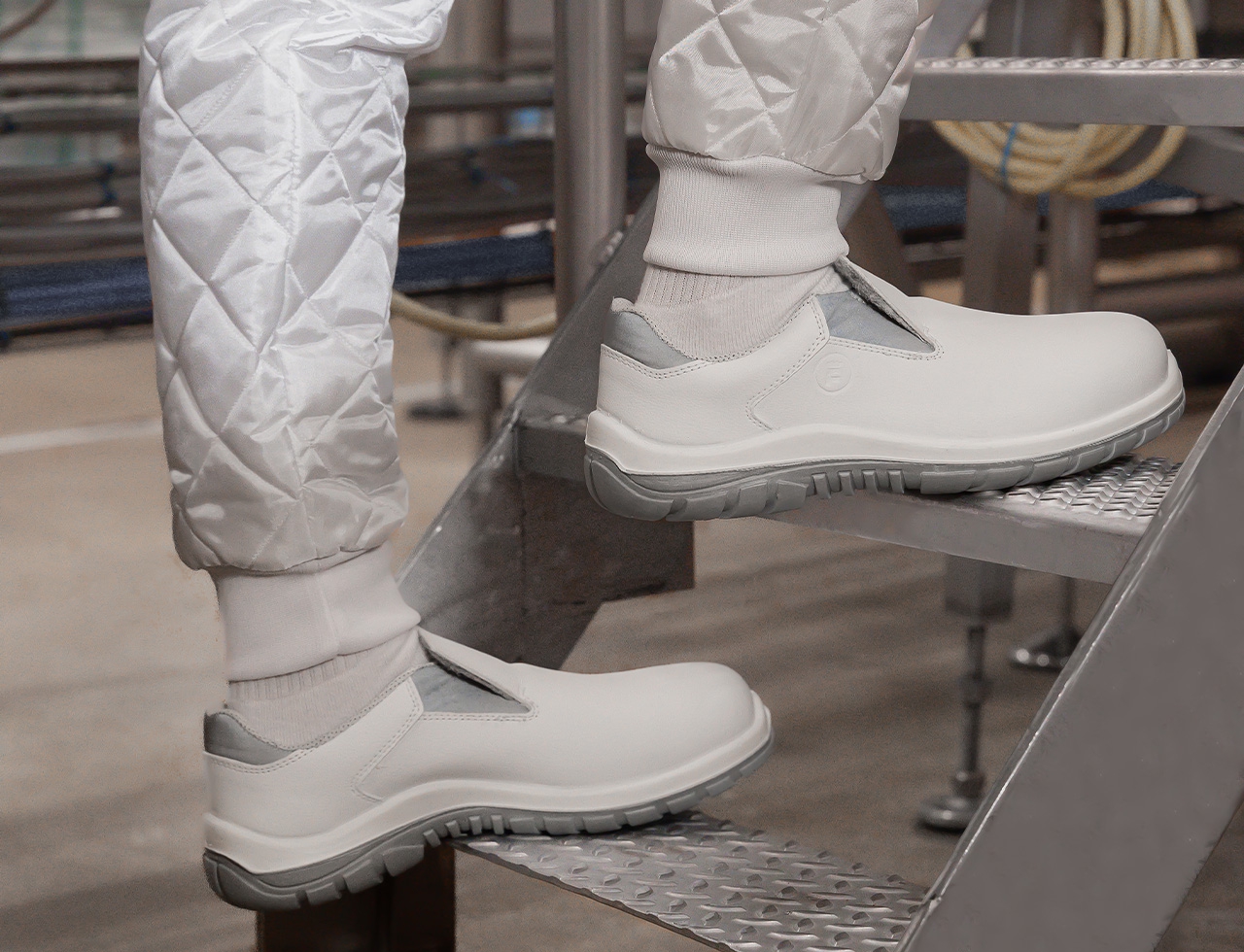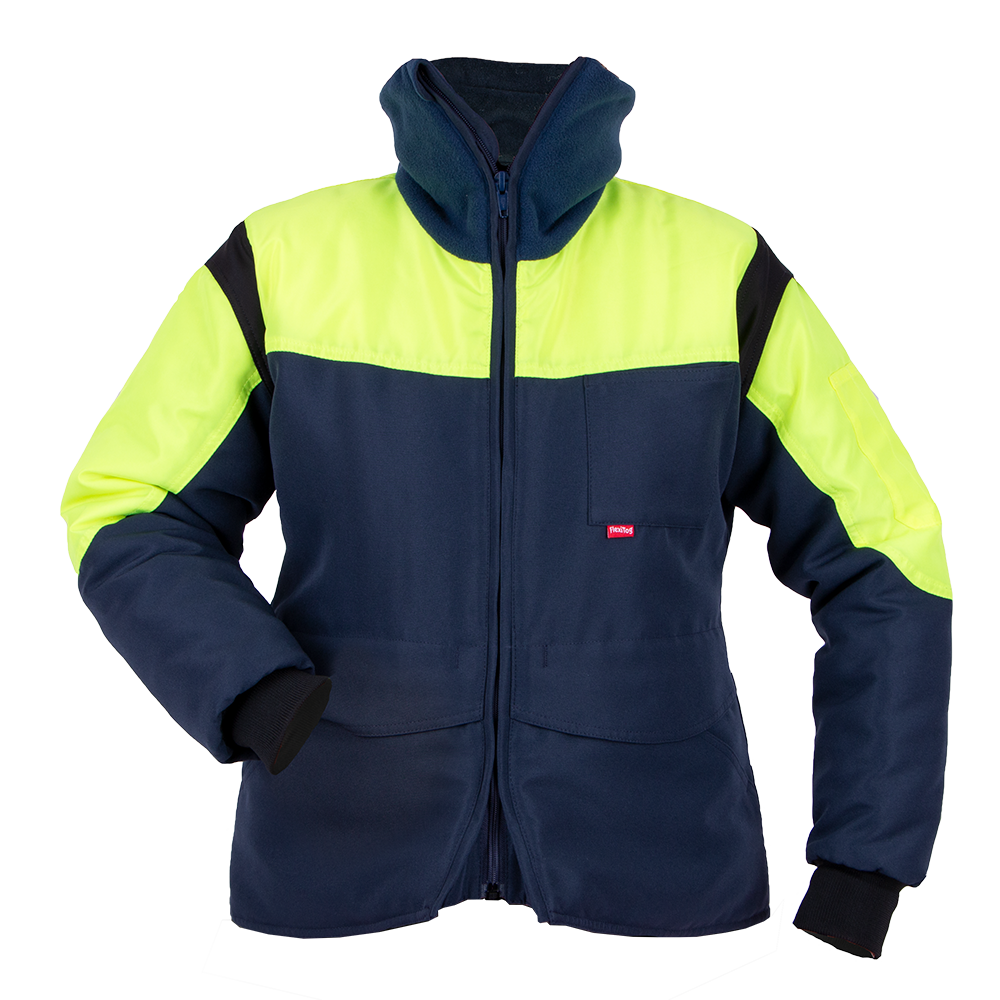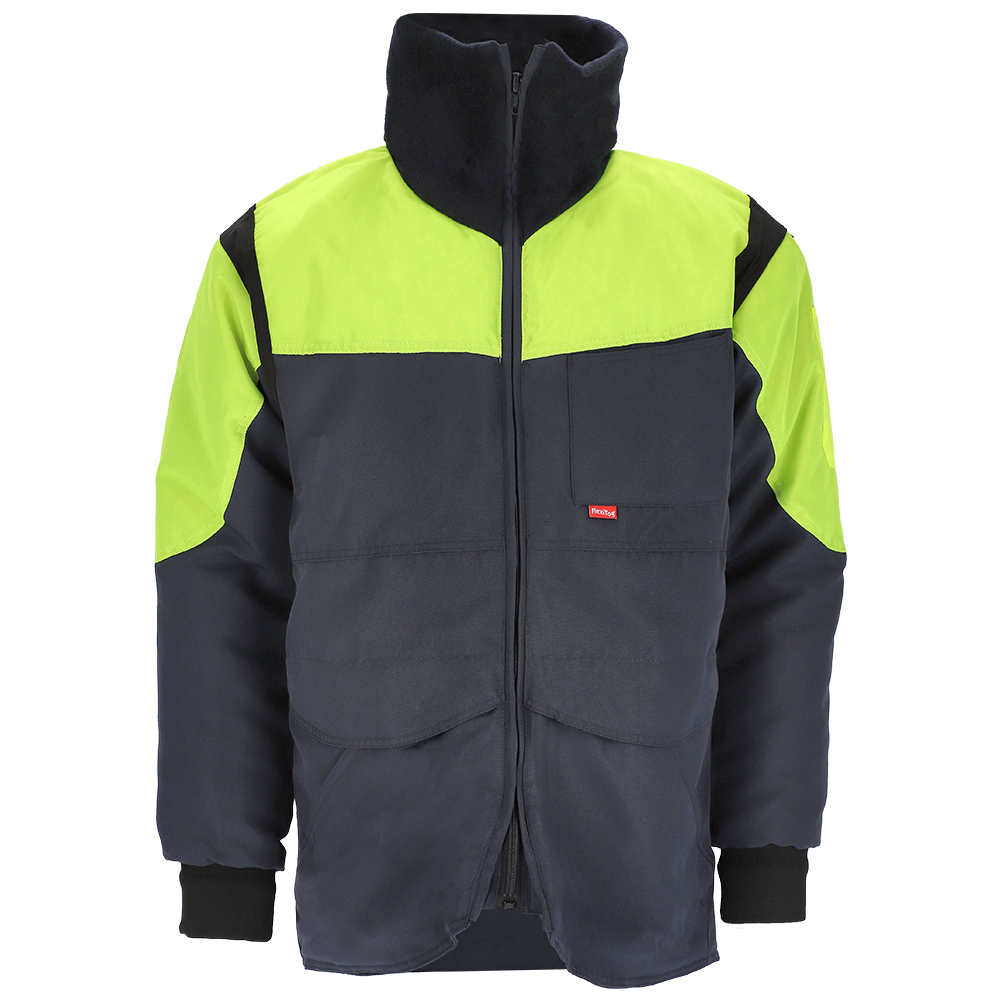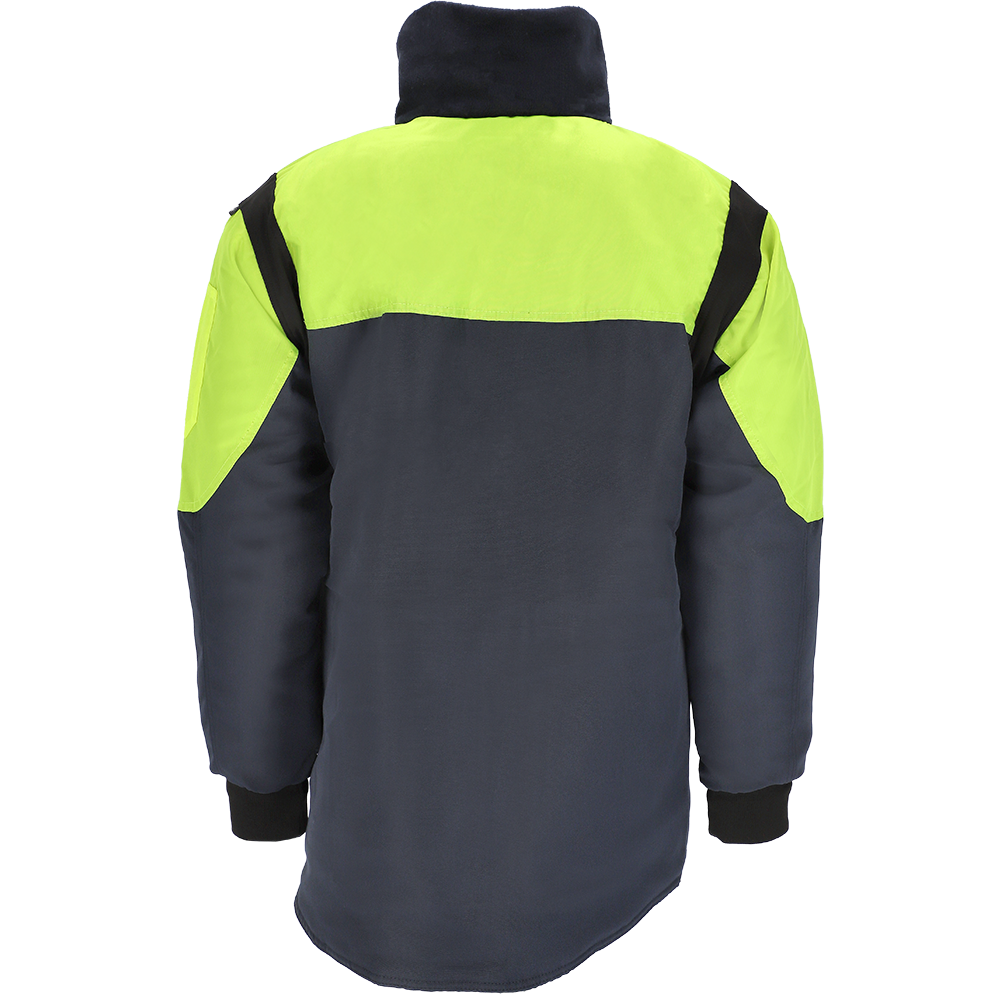



















Working Safely in Fisheries.
Fishery workwear is designed for clean and safe working with food. Our clothing is not only designed to keep you warm and dry, but also to ensure safety. Logistics clothing for fishing offers protection in cold temperatures, hazardous work as well as wet and unsafe working conditions.
Working in fisheries
When working with food, there are basic hygienic requirements for the production, handling and placing on the market of food. These are regulated in the EU Regulation No. 852/2004 on the hygiene of foodstuffs and in Regulation No. 853/2004 with specific hygiene regulations for food of animal origin.
Hygiene is also particularly important in the fisheries sector.
HACCP clothing
>Hygiene is the top priority when handling food. Companies that produce and/or process food are obliged to work according to a strict HACCP concept. HACCP (Hazard Analysis and Critical Control Points) stands for a hygiene control system that helps to ensure food safety. If you rely on HACCP clothing according to DIN 10524, you are on the safe side when it comes to complying with the strict hygiene requirements for workwear in companies in the food industry. HACCP clothing is specially manufactured and designed to prevent food contamination. Fortdress offers modern and certified HACCP clothing for various requirements.
Am I obliged to wear HACCP clothing in fisheries?
Is HACCP clothing obligatory when working with bakery products? The EU Regulation (EC) No. 852/2004 on the hygiene of foods, which came into force on 1 January 2006, makes it obligatory for anyone handling food or placing it on the market to establish a HACCP concept. Every food business operator - including restaurateurs - must be able to prove the operational HACCP concept by means of documents and records.
The business operator must ensure that the documents are up to date at all times. He must prove to the responsible authority that he fulfils these requirements. In practice, this means that the food business operator must present the records to the food inspector.
DIN EN ISO 13688
The international standard DIN EN ISO 13688 specifies the general requirements for protective clothing. These requirements relate to the ergonomics, harmlessness, ageing, size designation and compatibility of protective clothing. In addition, it stipulates that clothing manufacturers must include an information brochure with the garment.
EN 342
In principle, wearing cold-protective clothing as workwear is required when working at temperatures below -5 degrees Celsius (air temperature). When buying, it is important to ensure that suitable garments are always made according to the DIN standard EN 342 - conventional winter clothing does not meet this requirement.
The European standard EN 342 specifies the requirements and test methods for protective clothing against cold. Clothing certified according to EN 342 protects the wearer against temperatures of -5 °C and below. The EN 14058 standard (protective clothing against cold environments) protects the wearer comparatively only up to a temperature of -5 °C. The EN 342 standard therefore represents an increase in protection against cold compared to EN 14058 and is therefore more suitable for work in extreme temperatures, such as in cold stores.
The individual garments are divided into specific protection classes, with 3 always corresponding to the highest protection level.
The first number of the EN 342 standard provides information about air permeability in class 1-3, the second number about resistance to water penetration in class 1-2. The test procedure tests both breathability and thermal insulation, for which quilted and lined textiles are primarily responsible.
For even better protection and to avoid local cooling of individual parts of the body, make sure that your head, hands and feet are sufficiently protected (protection for these parts of the body is not covered by the EN 342 standard).
EN ISO 20345
The EN ISO 20345 standard specifies both basic and additional requirements for safety footwear for professional use. EN ISO 20345 footwear is intended to protect the wearer against impact, entrapment, falling or rolling objects, stepping into sharp or pointed objects, heat or cold and against hot substances.
Examples of aspects covered in the standard are the treatment of mechanical risks, slip resistance, thermal risks and ergonomic features. Supplementary standards related to individual activities deal with risks, for example, in relation to electrically insulating footwear, footwear for protection against chemicals and others.
Basic requirements described in EN ISO 20345 include:
- Height of the upper part of the shoe
- Heel area for boots
- Minimum length, pressure or impact resistance of the toe cap
- Water vapour permeability and water vapour number of the outer material
- Outsole thickness and abrasion resistance of the outsole
Safety shoes are divided into different protection classes depending on the requirements fulfilled. Safety shoes belonging to protection class SB fulfil the minimum requirements according to EN ISO 20345. Safety shoes with further additional requirements are divided into protection classes S1 to S5 depending on their properties.

